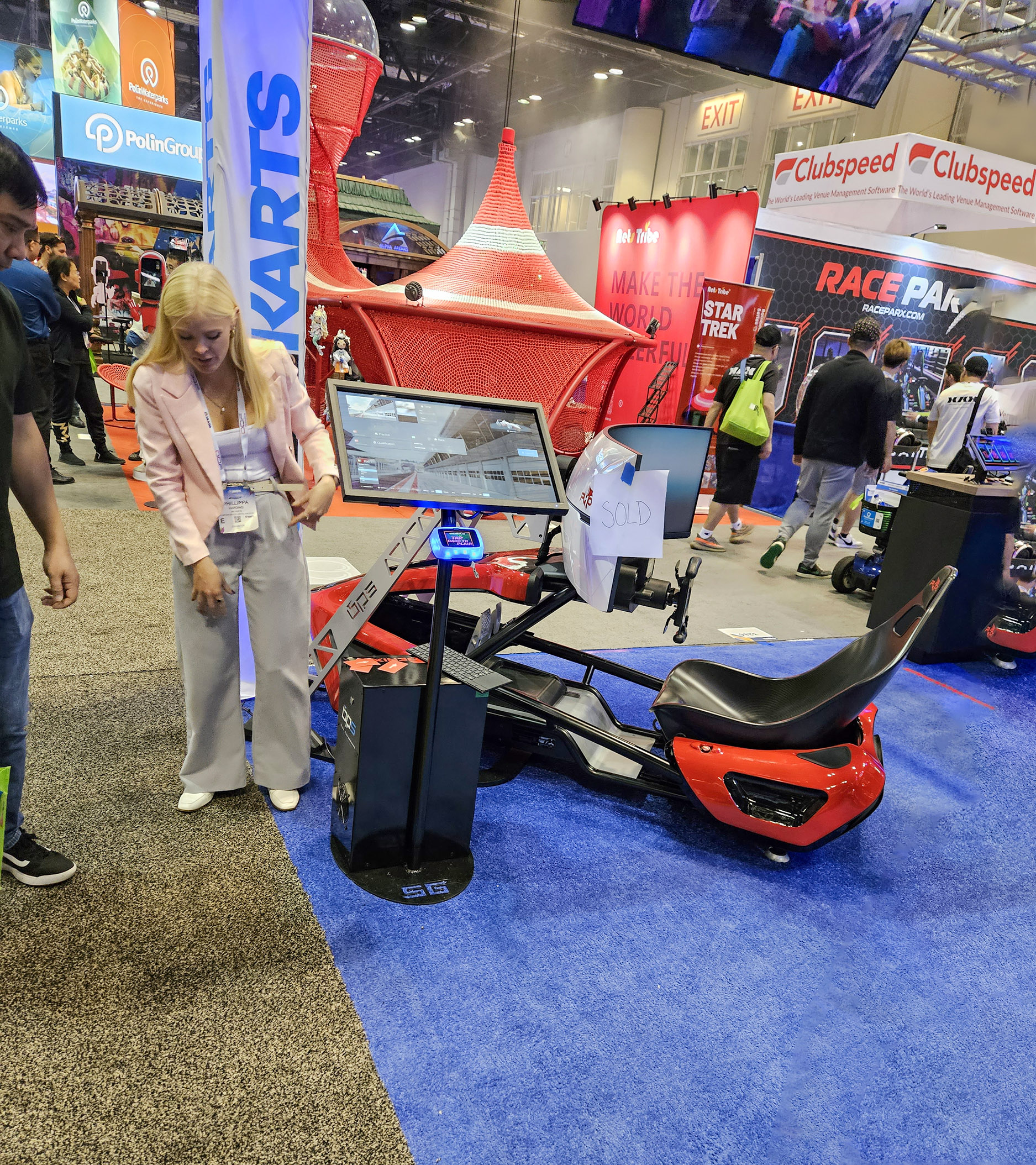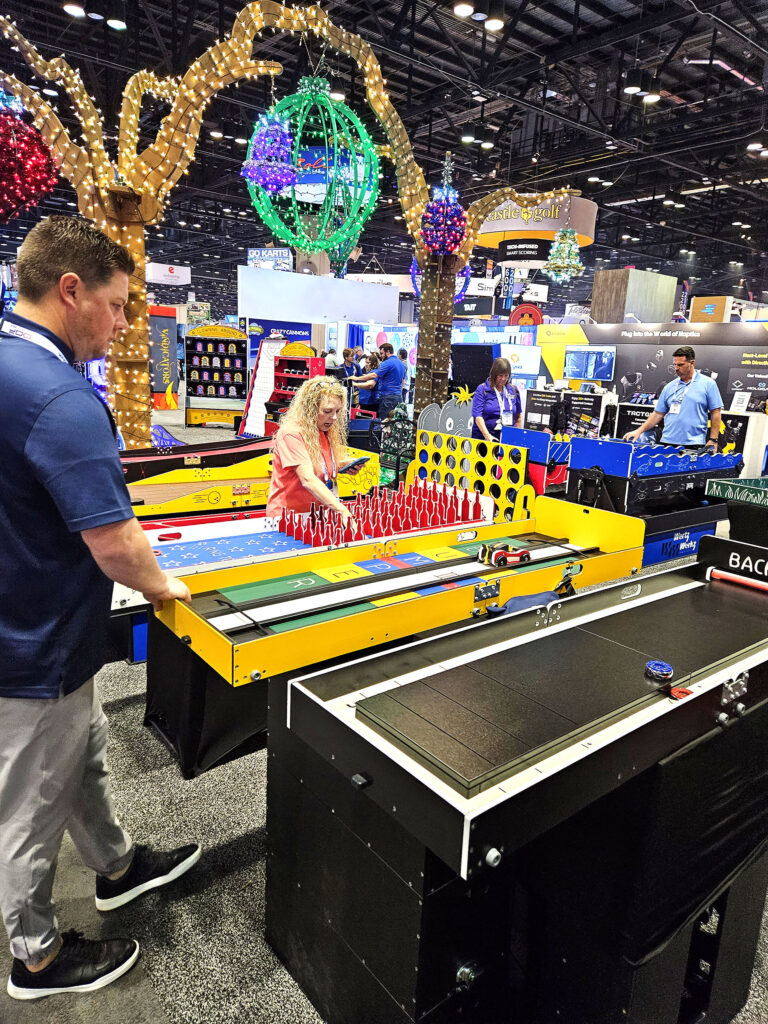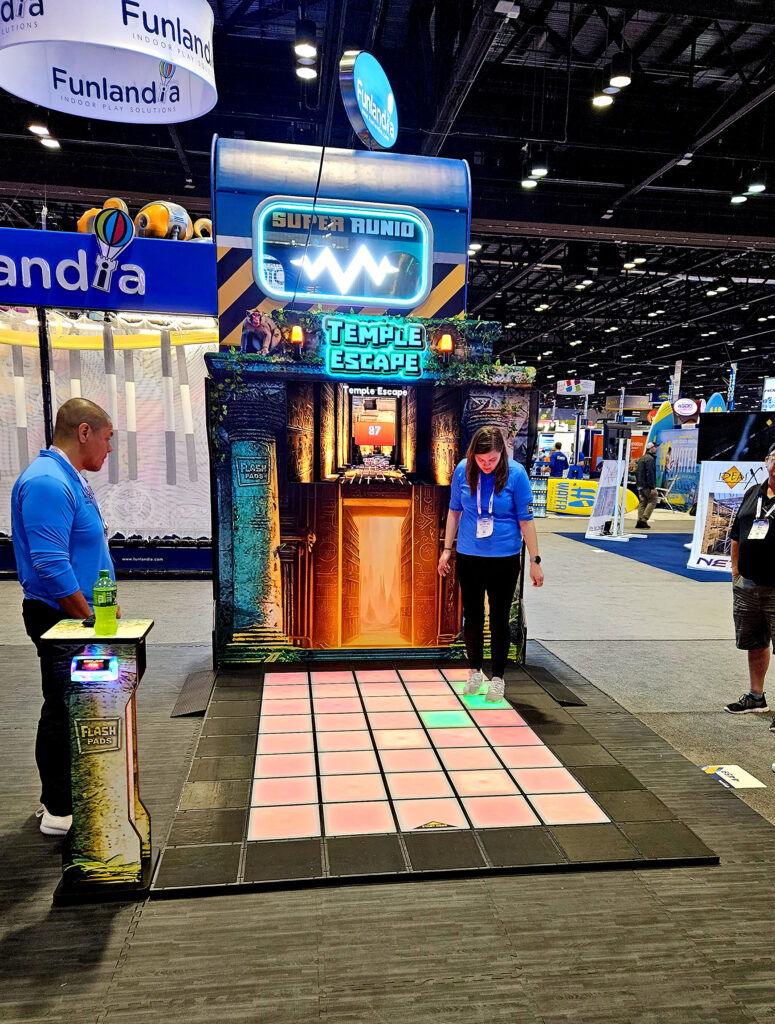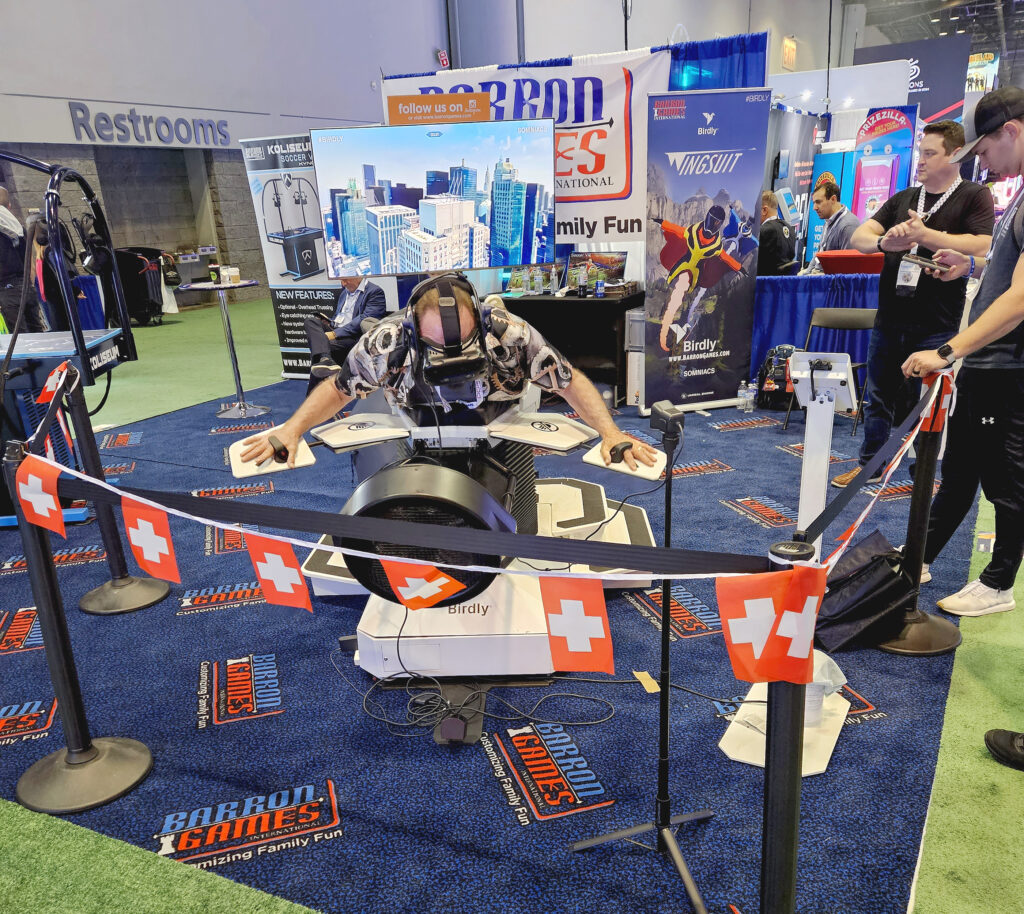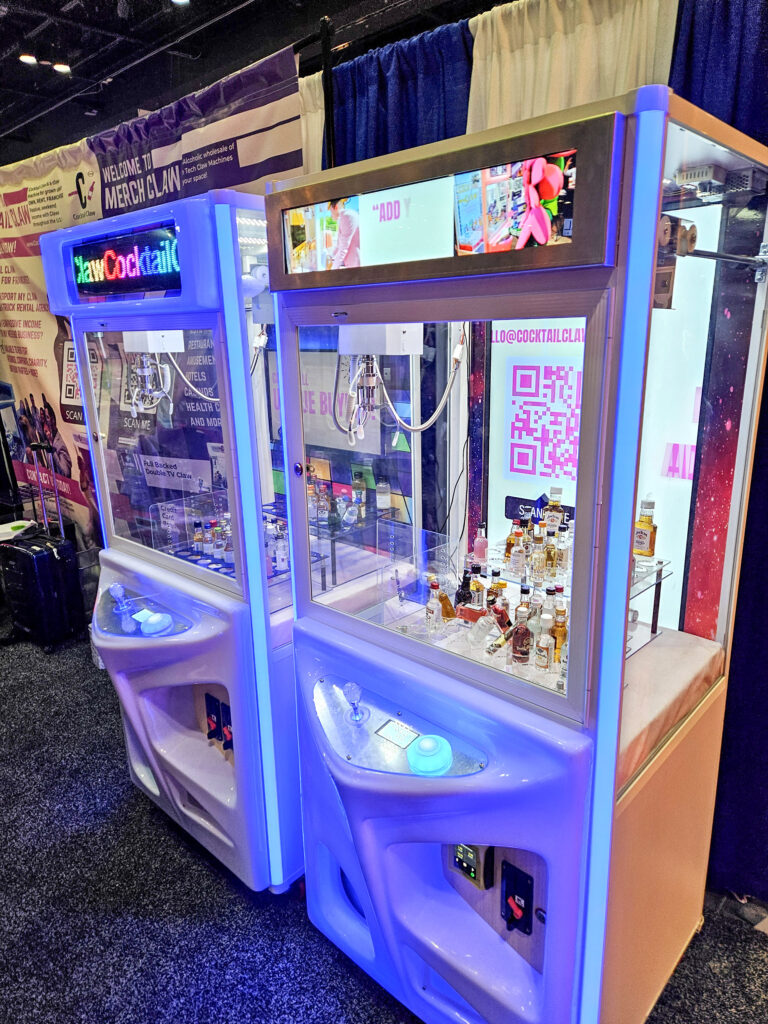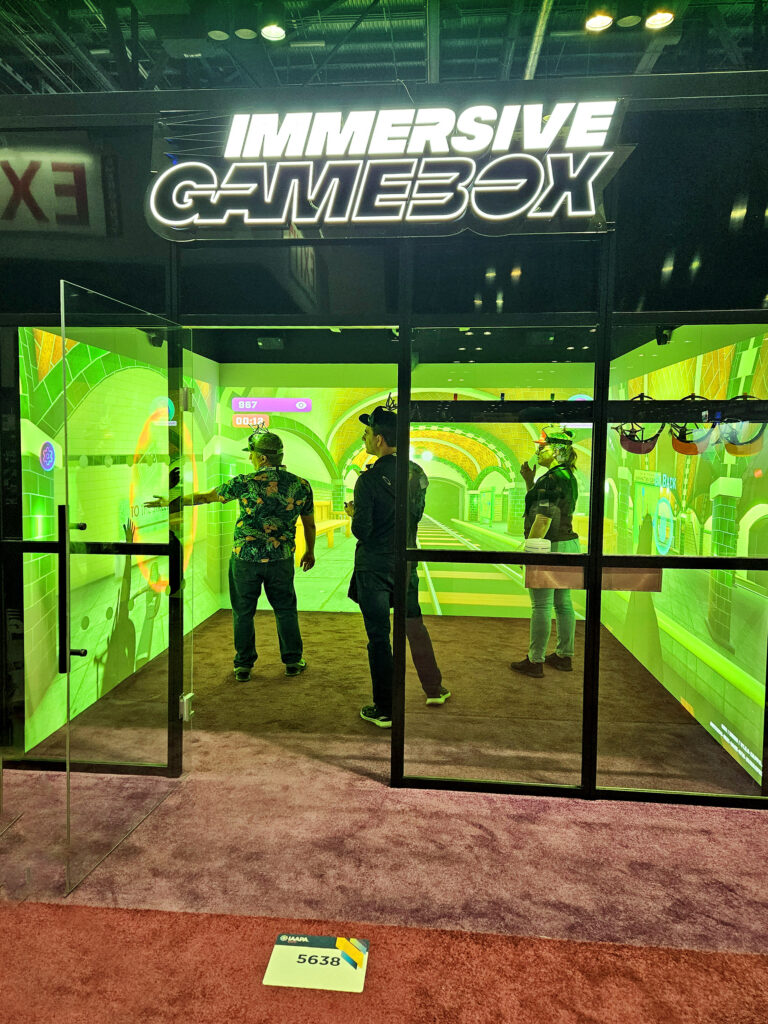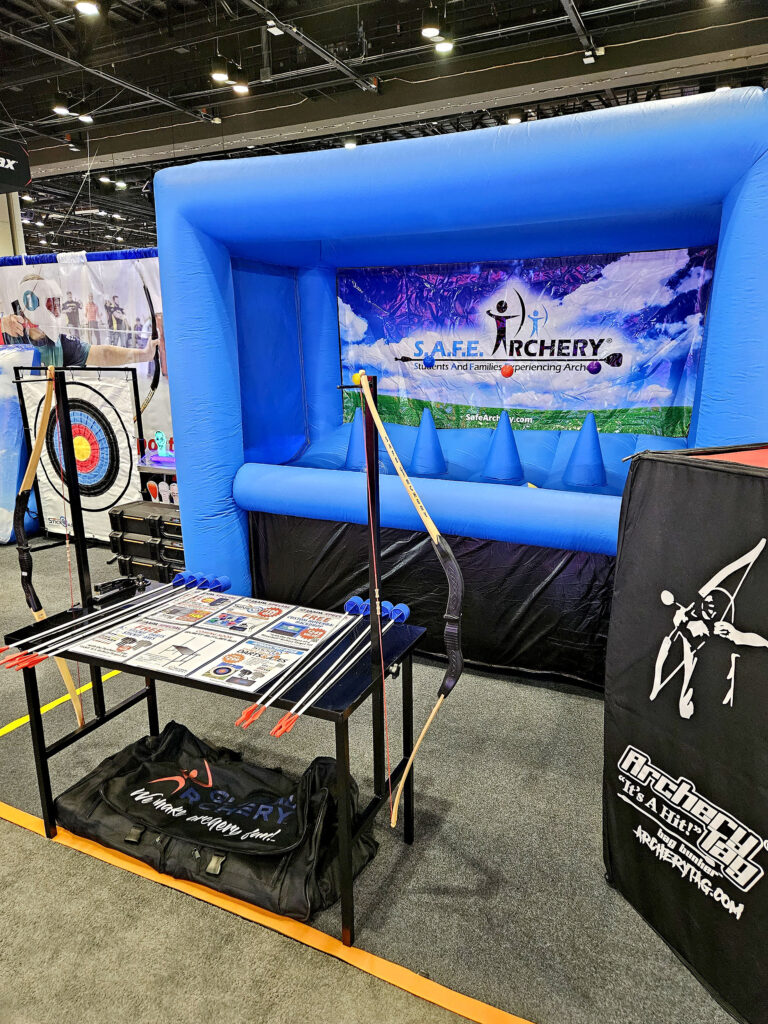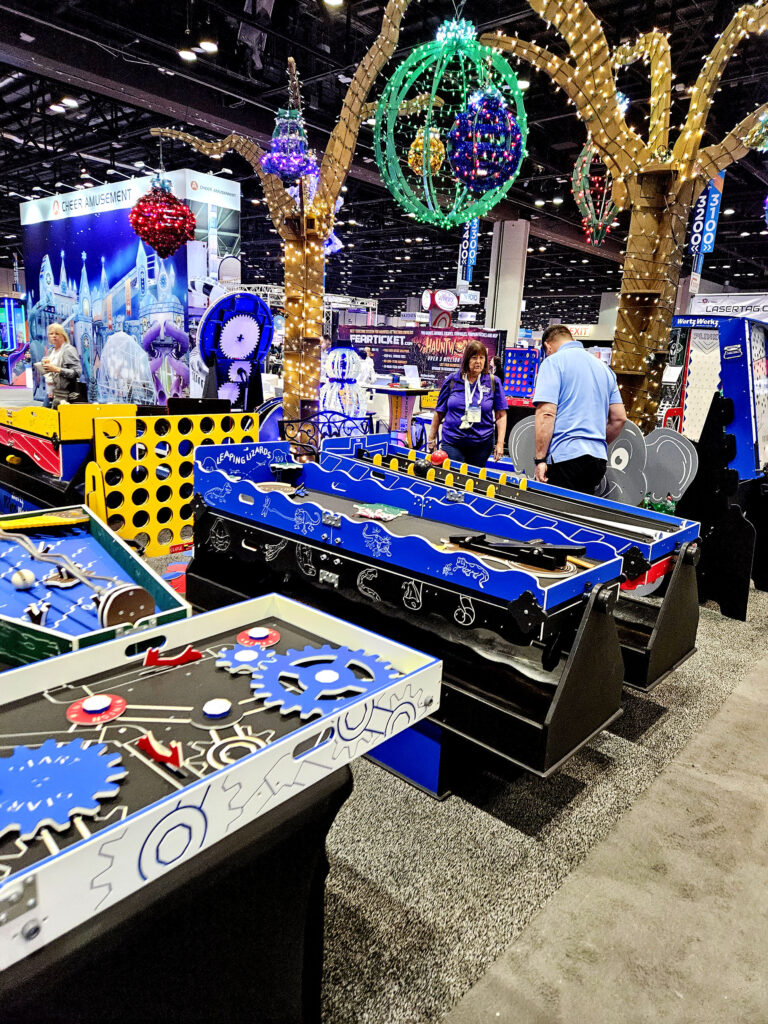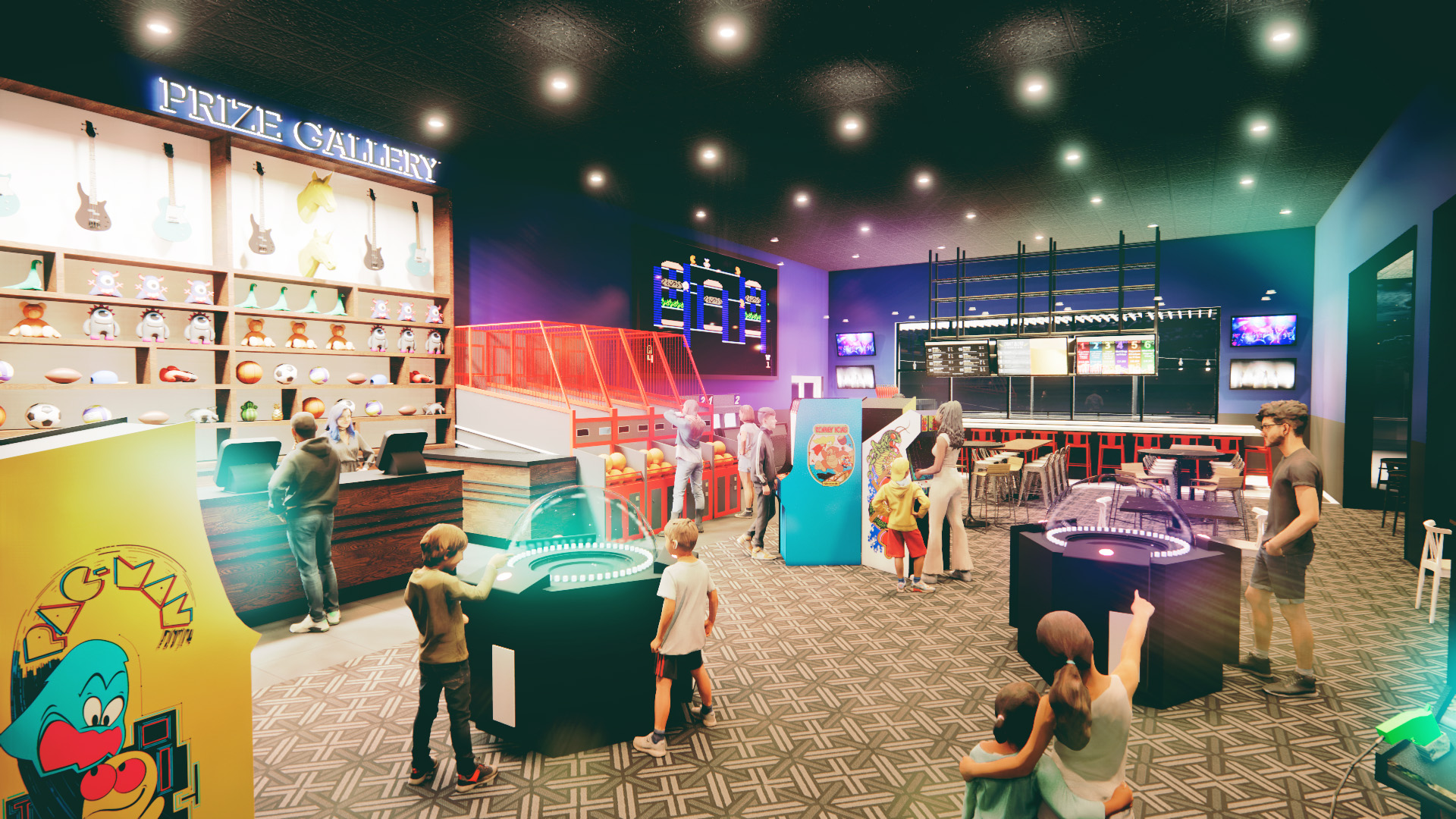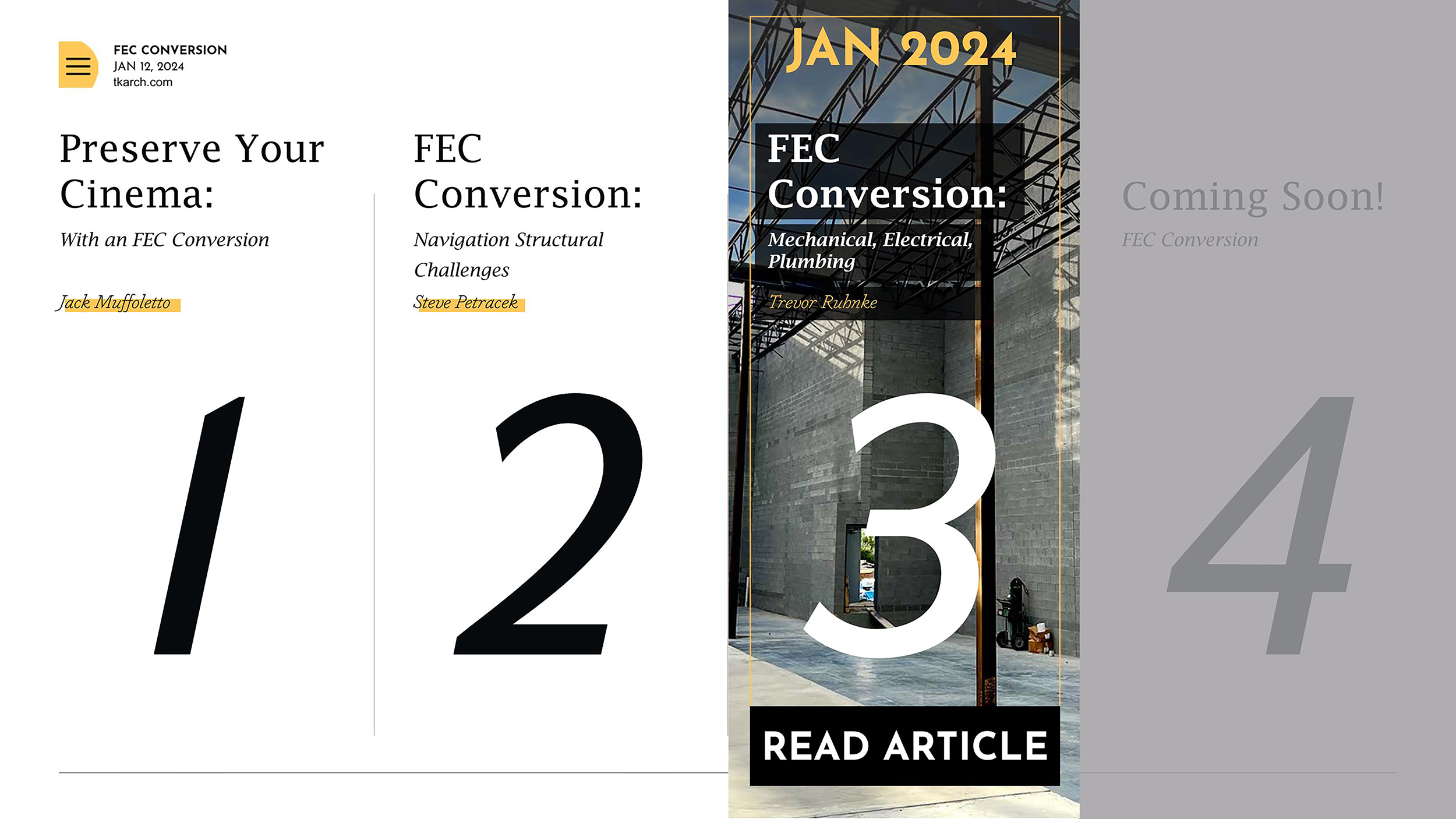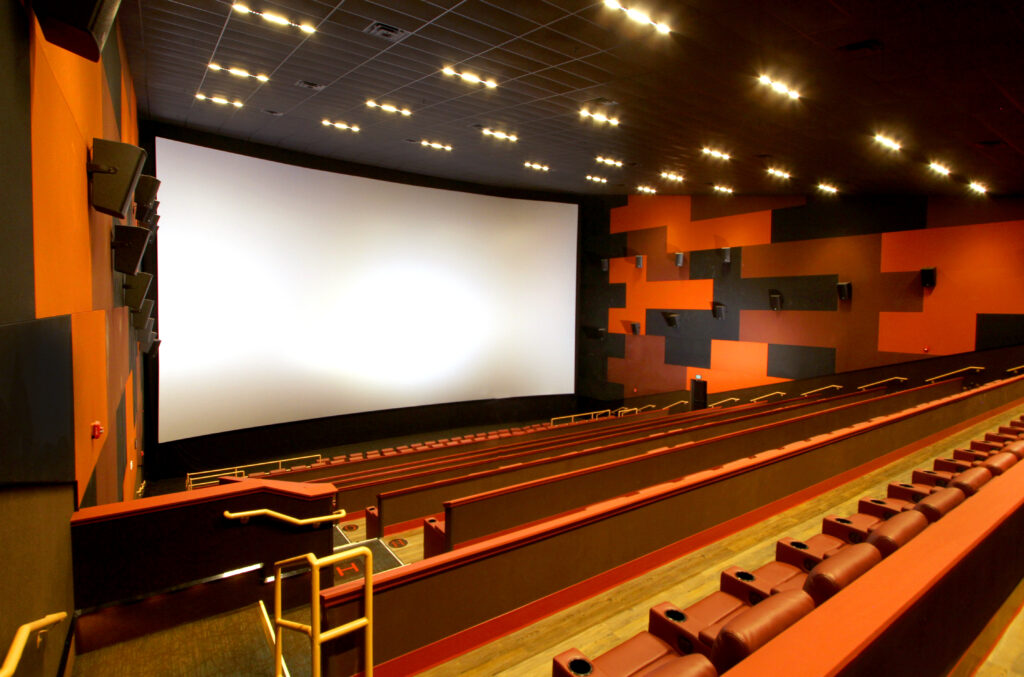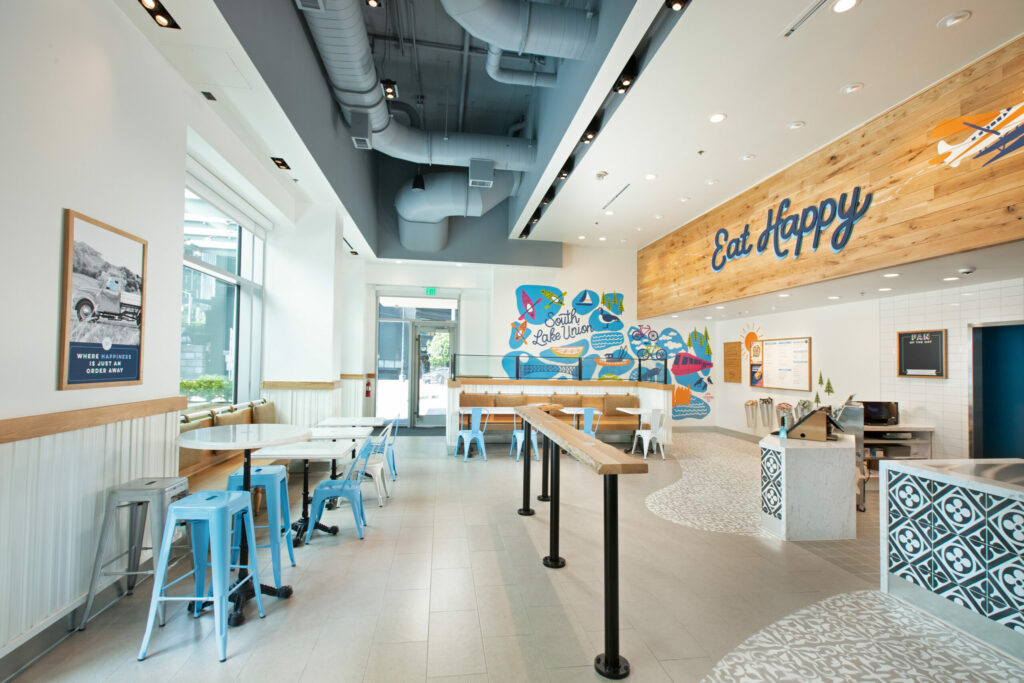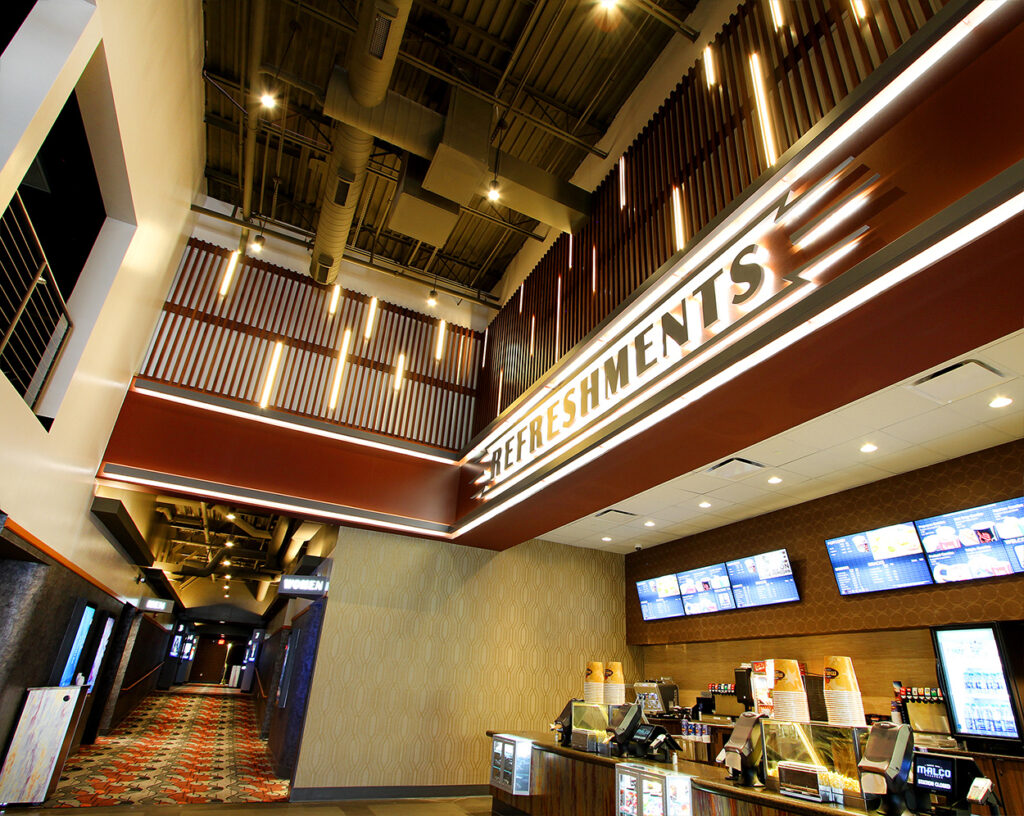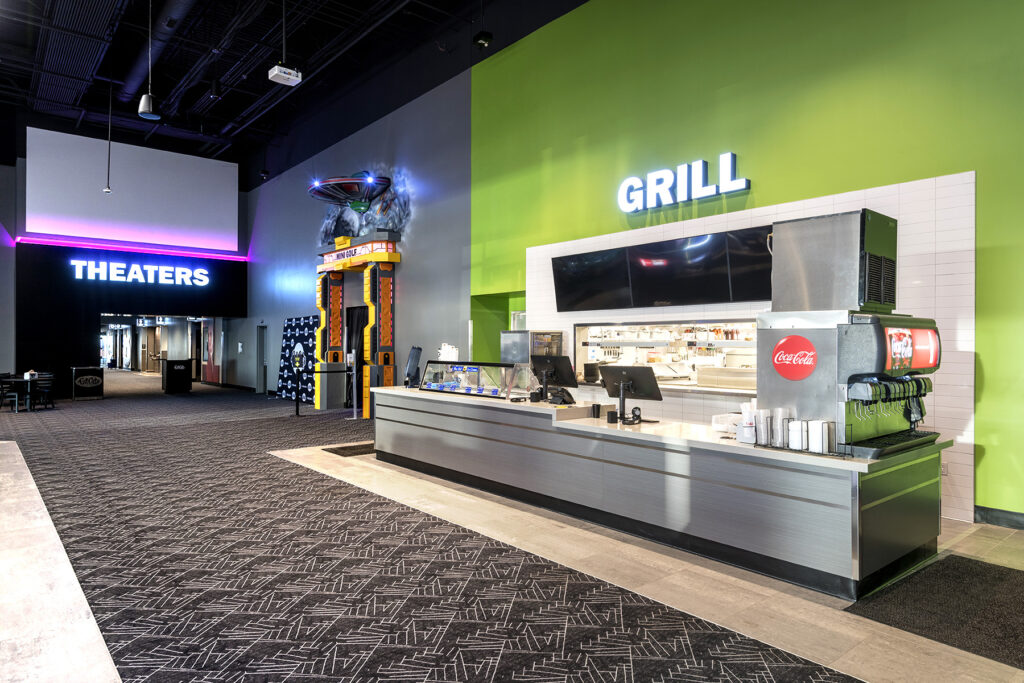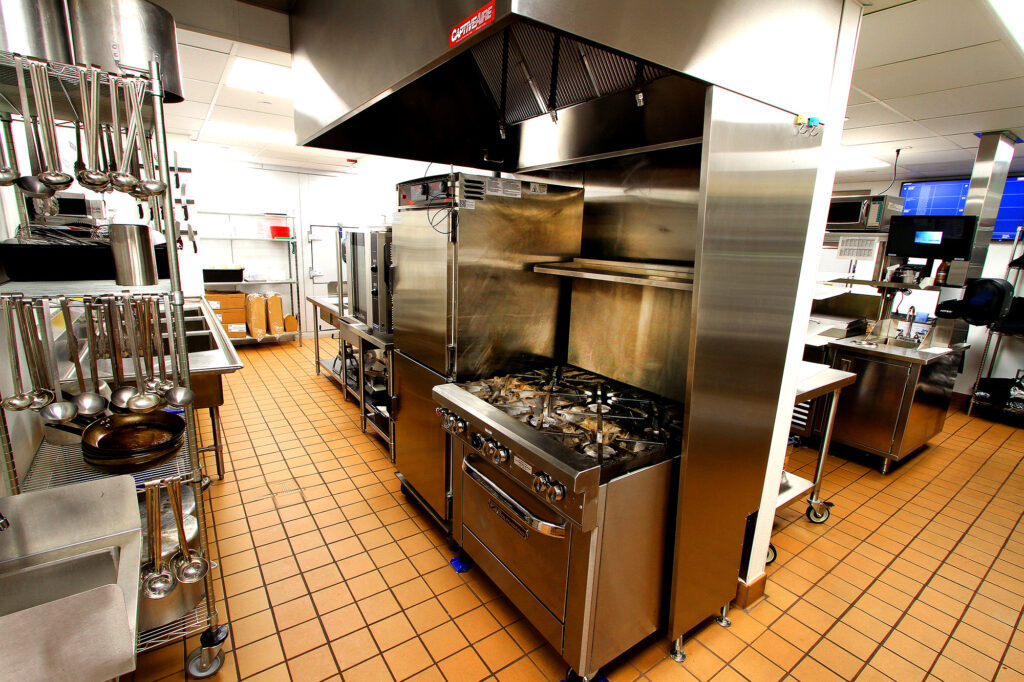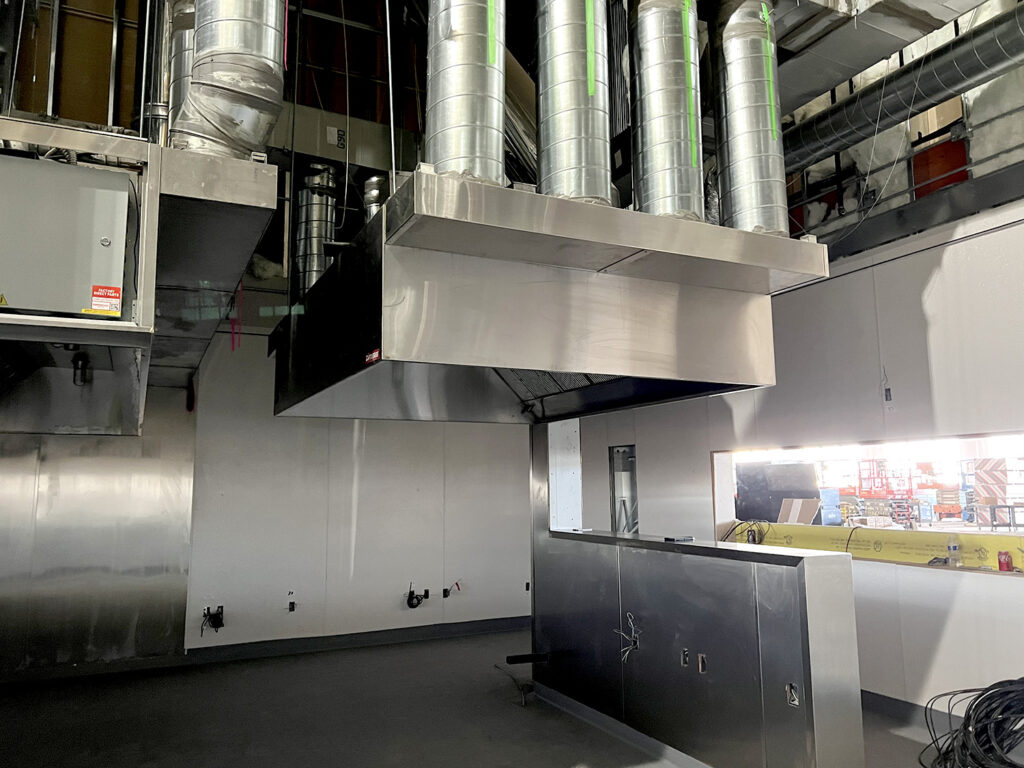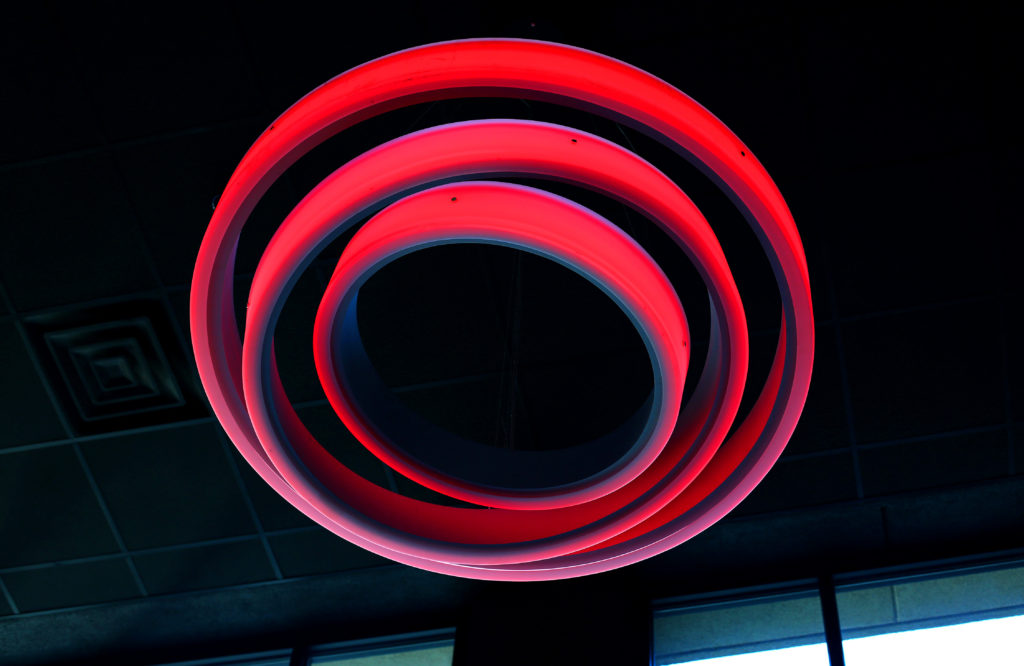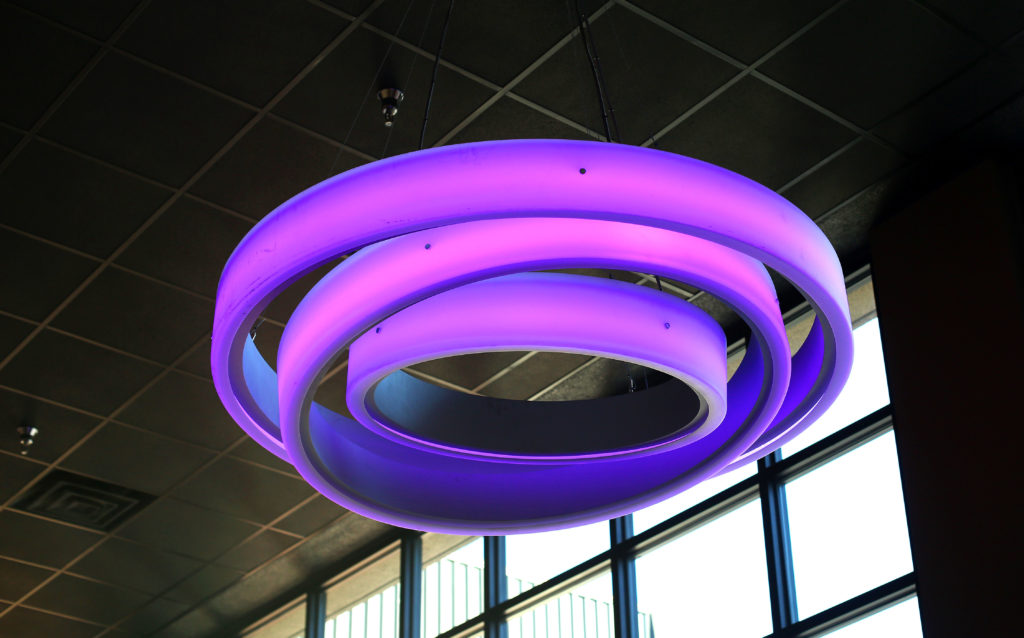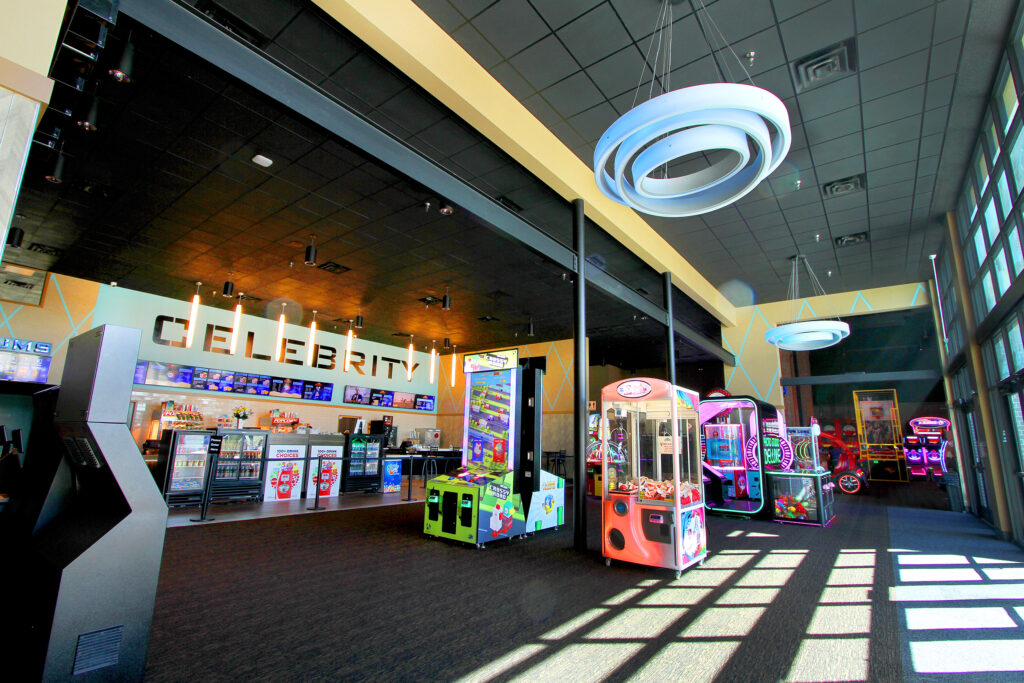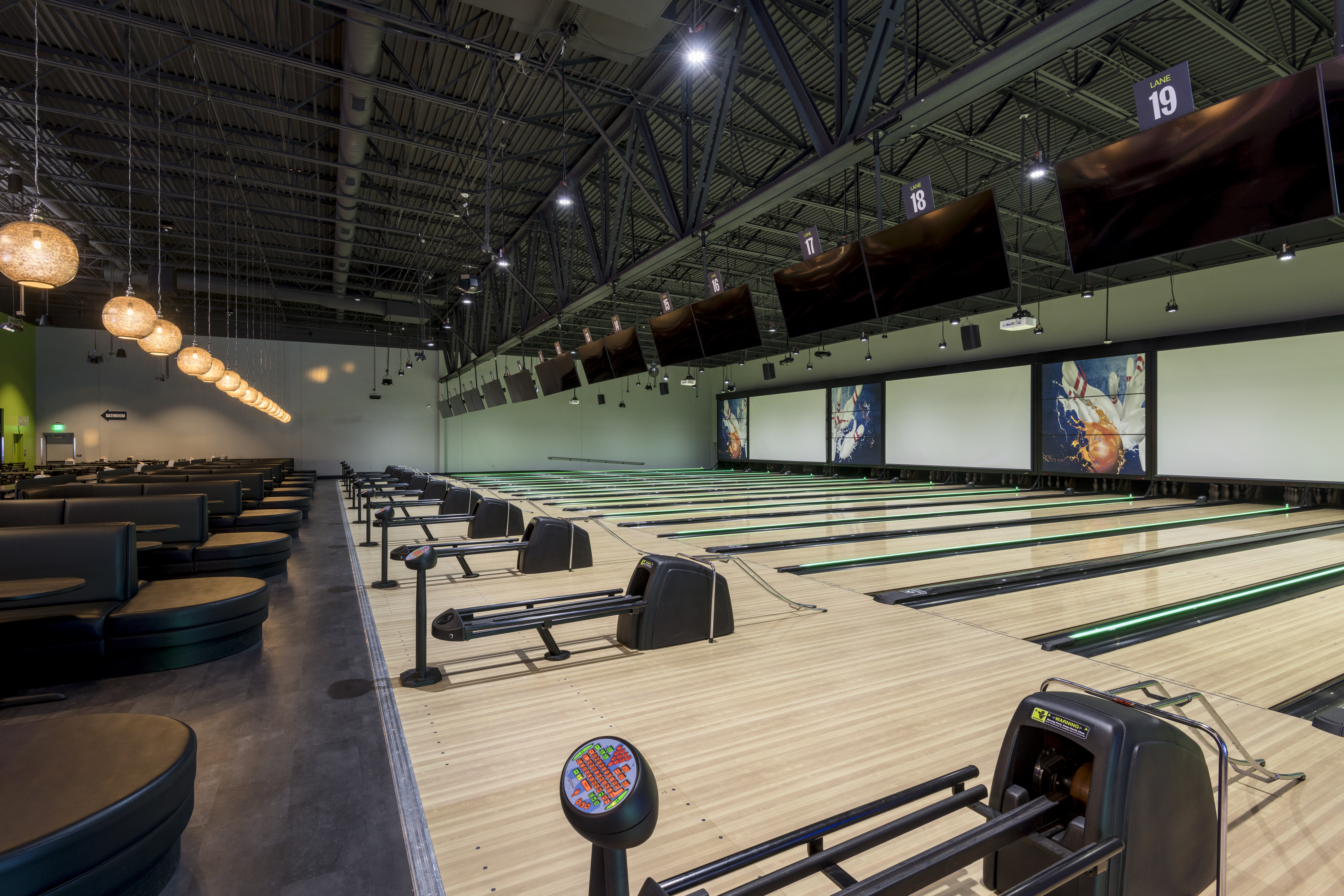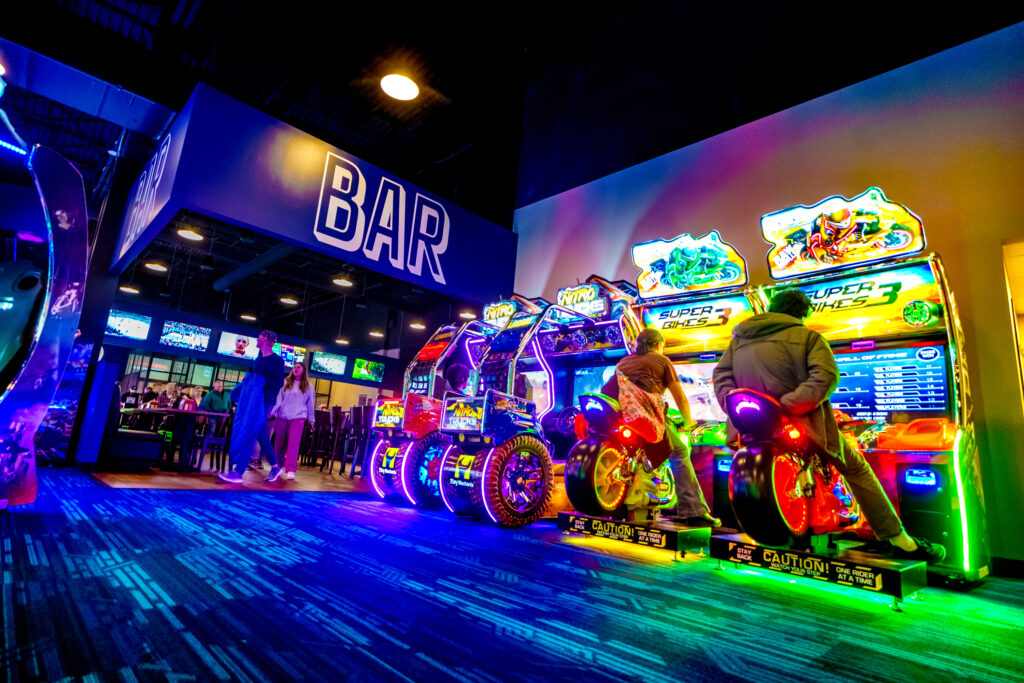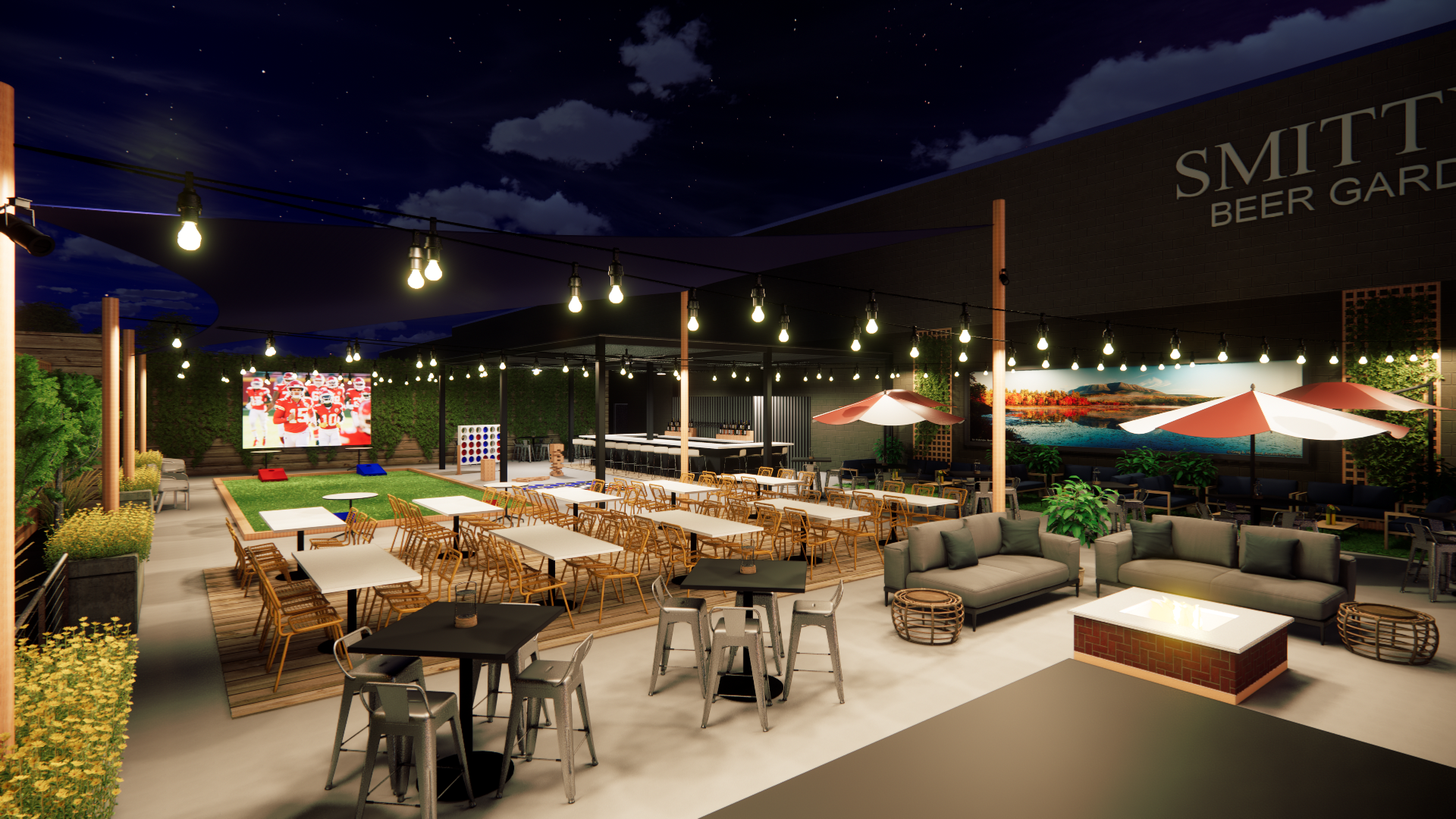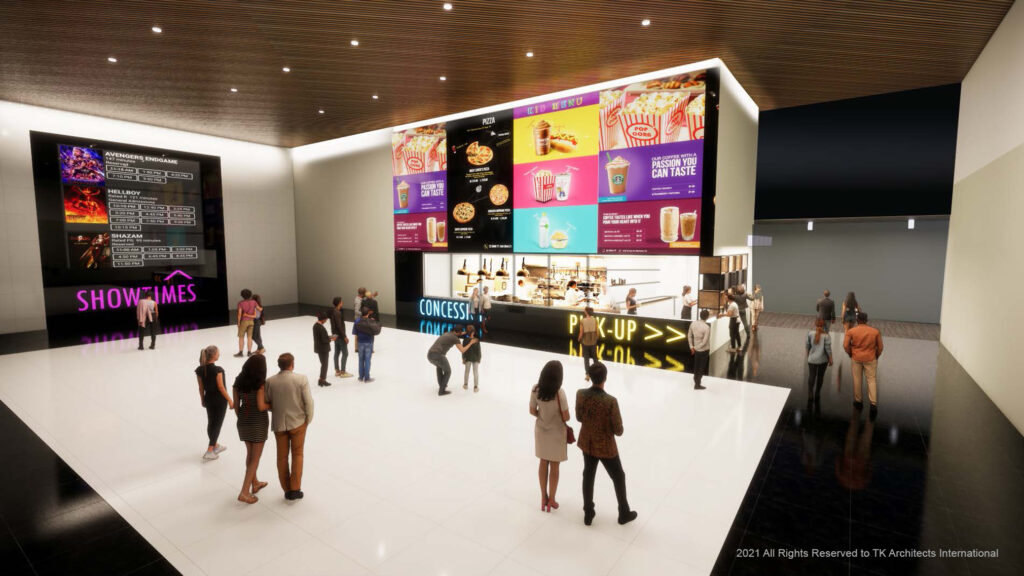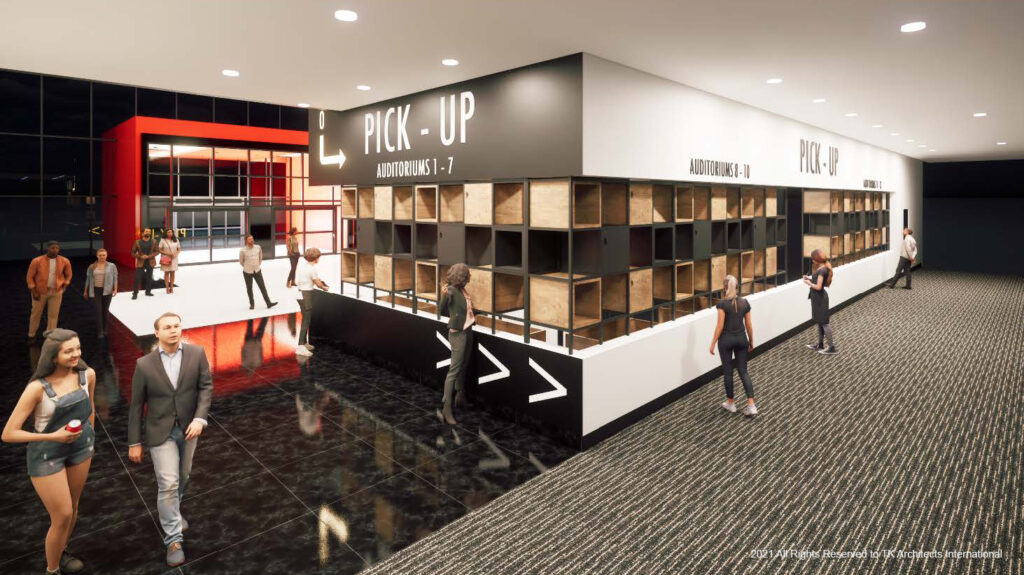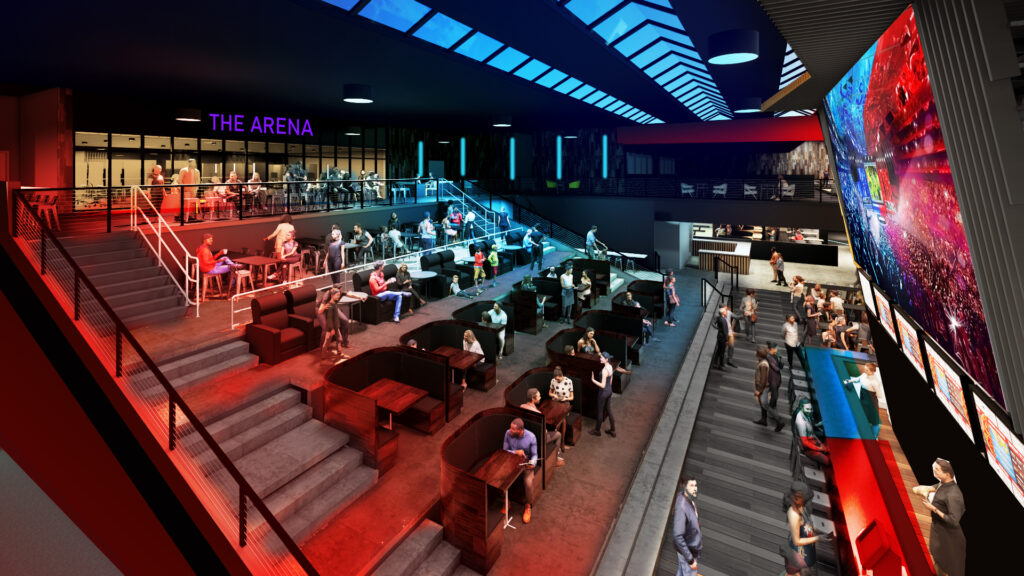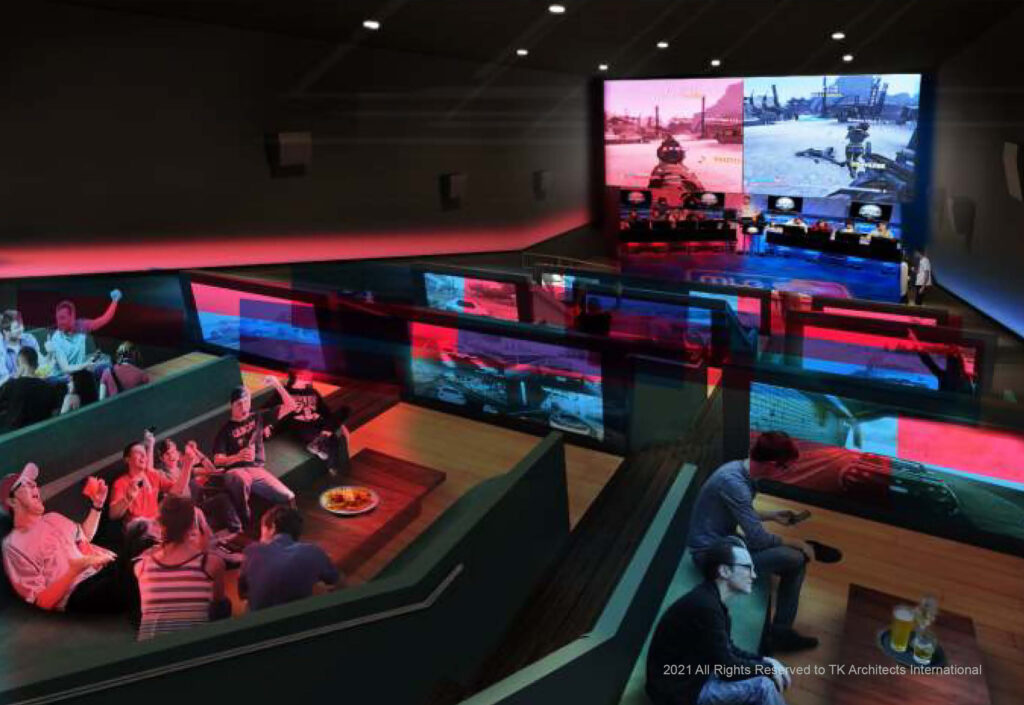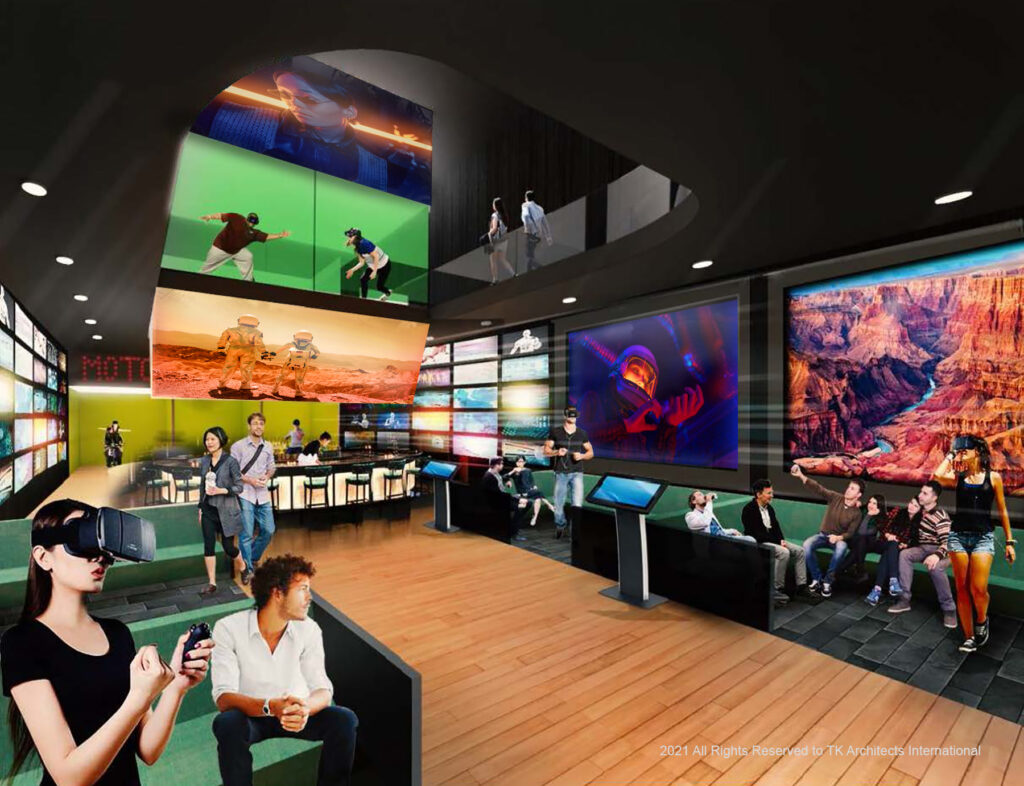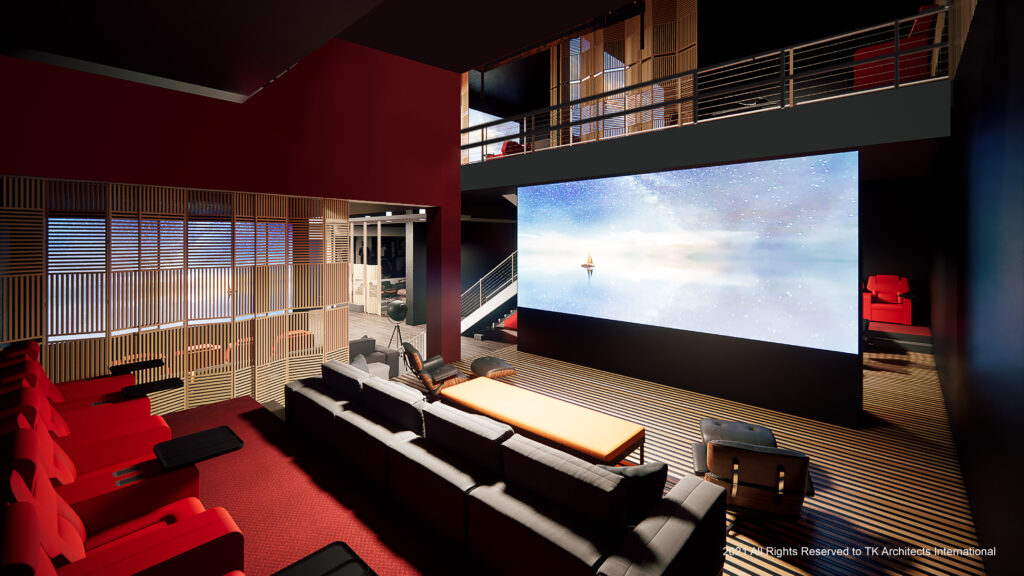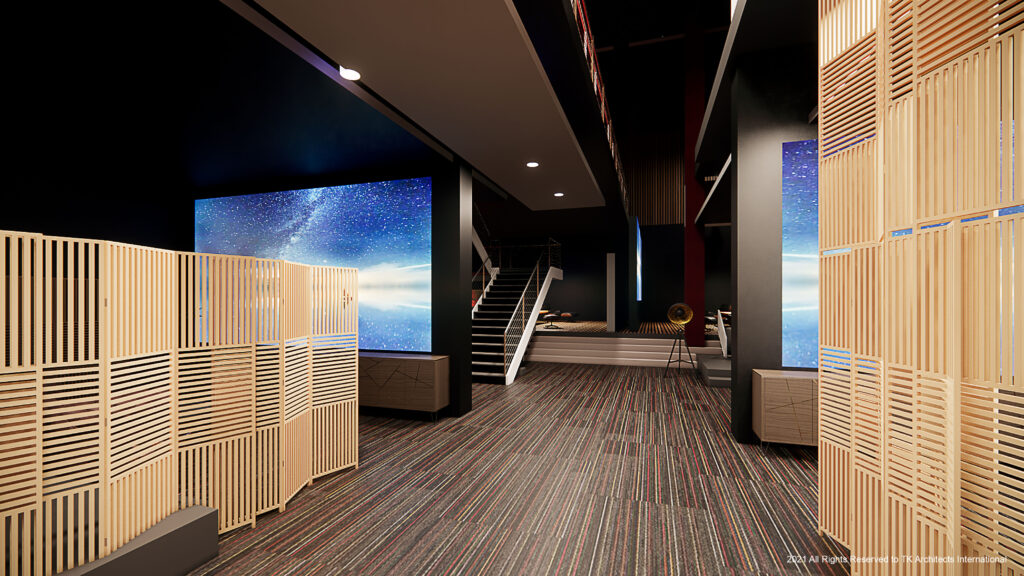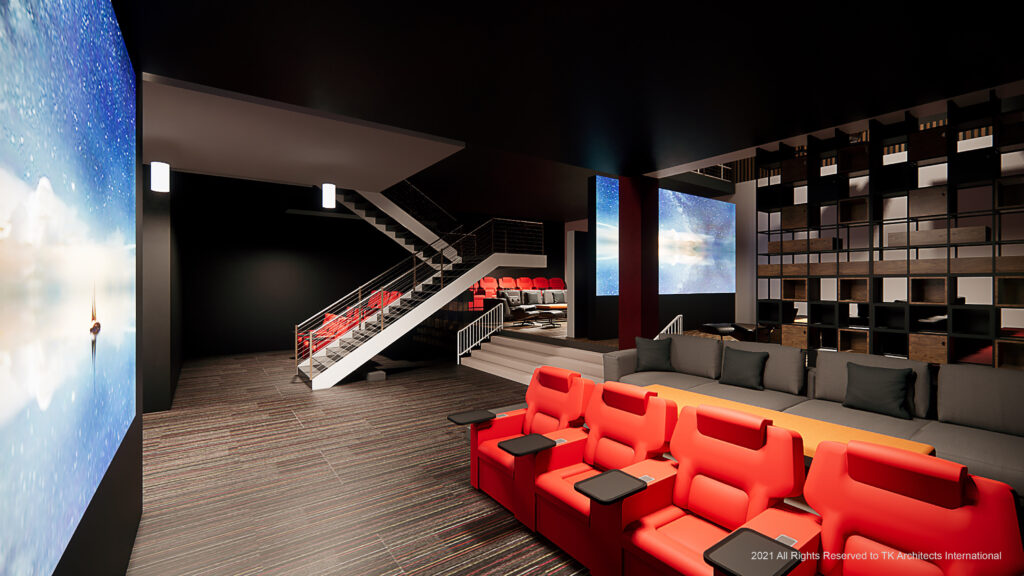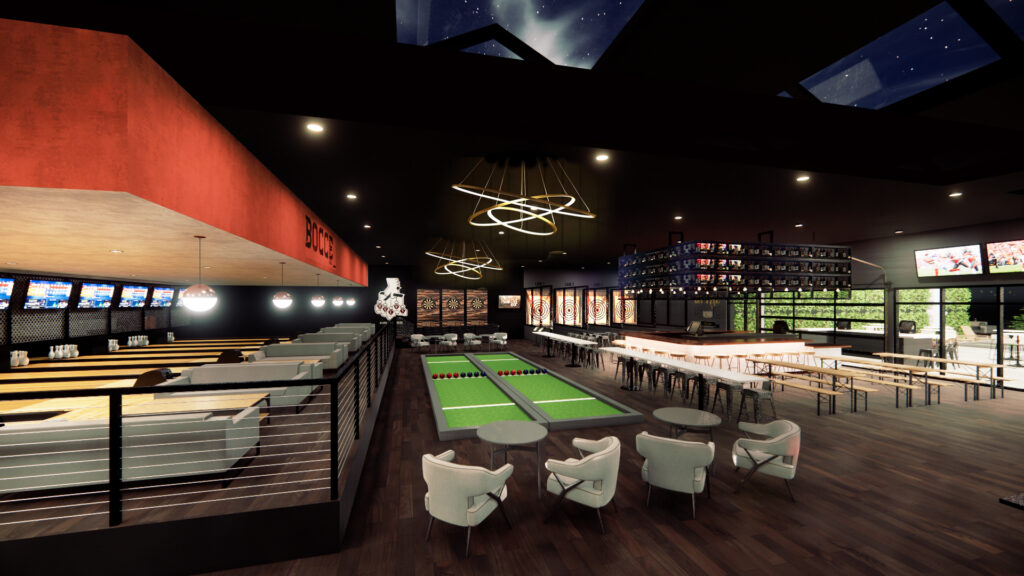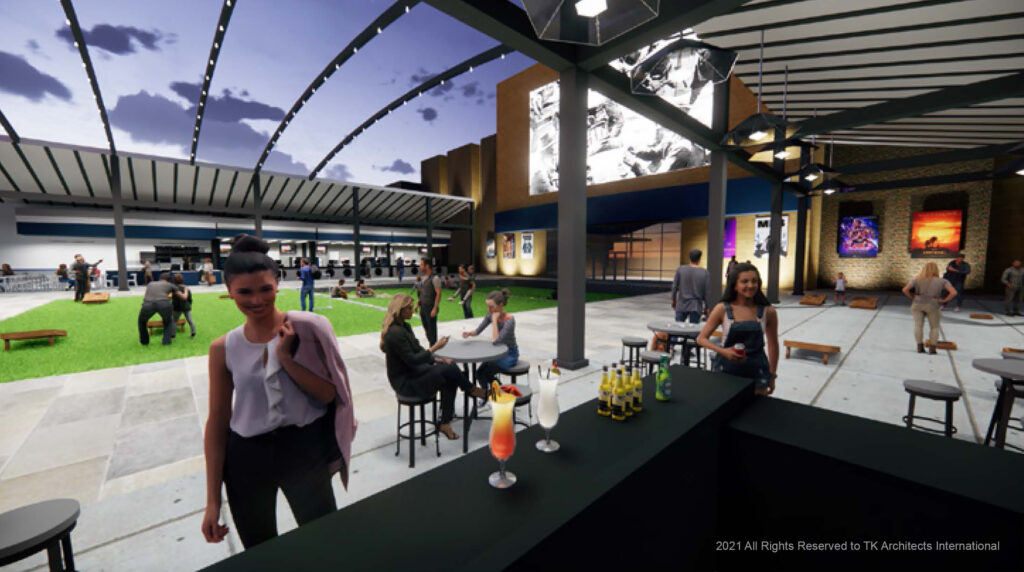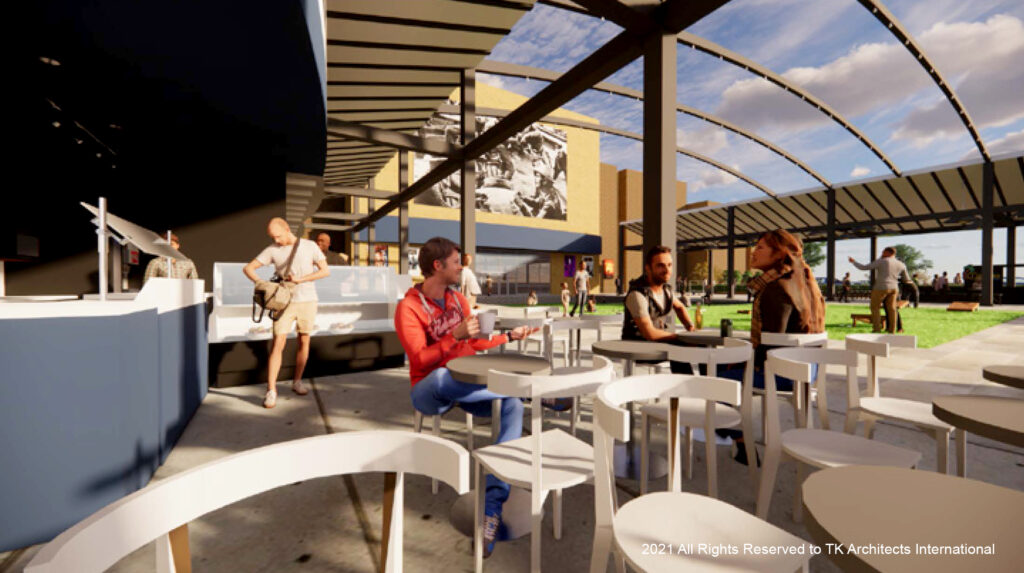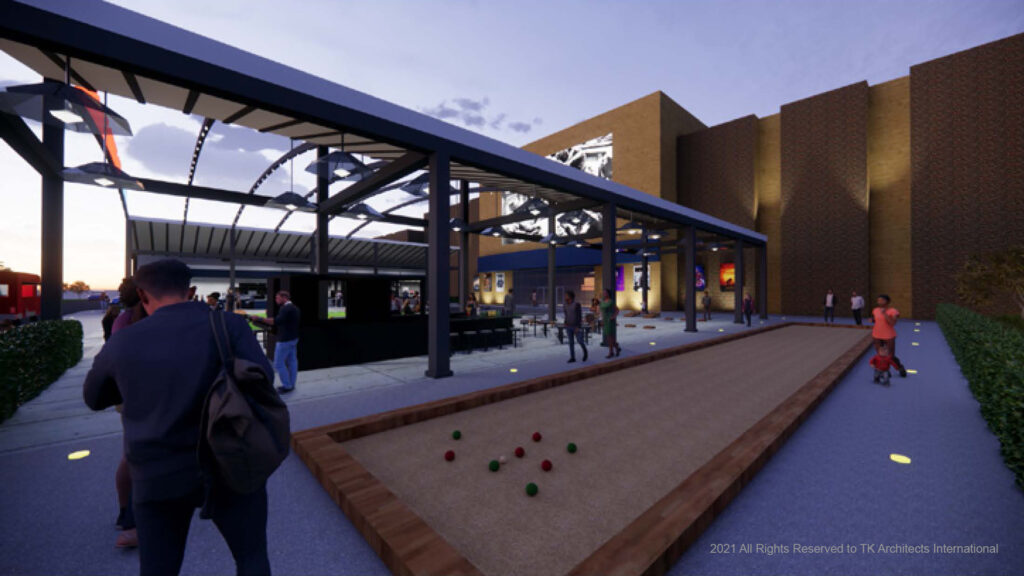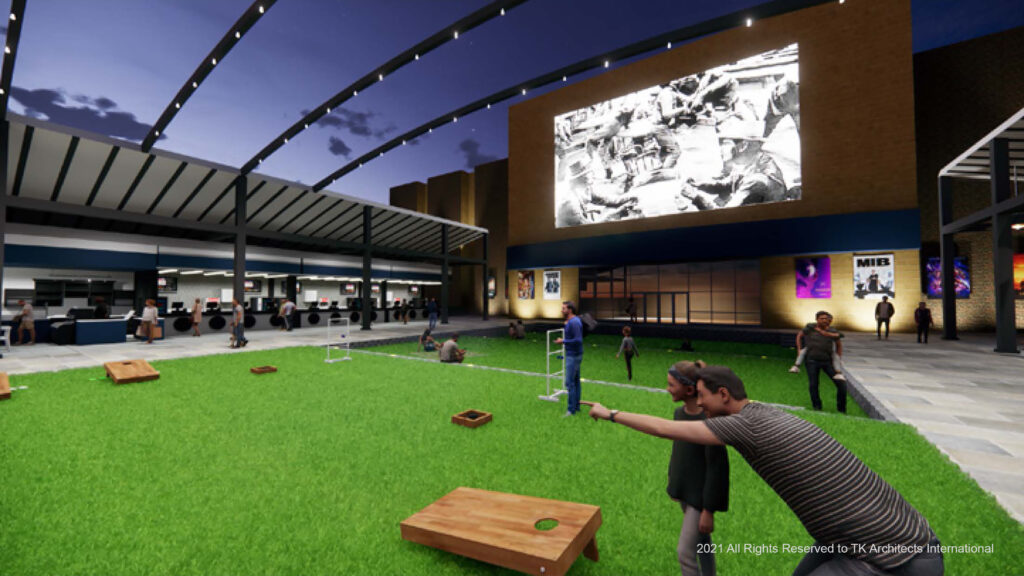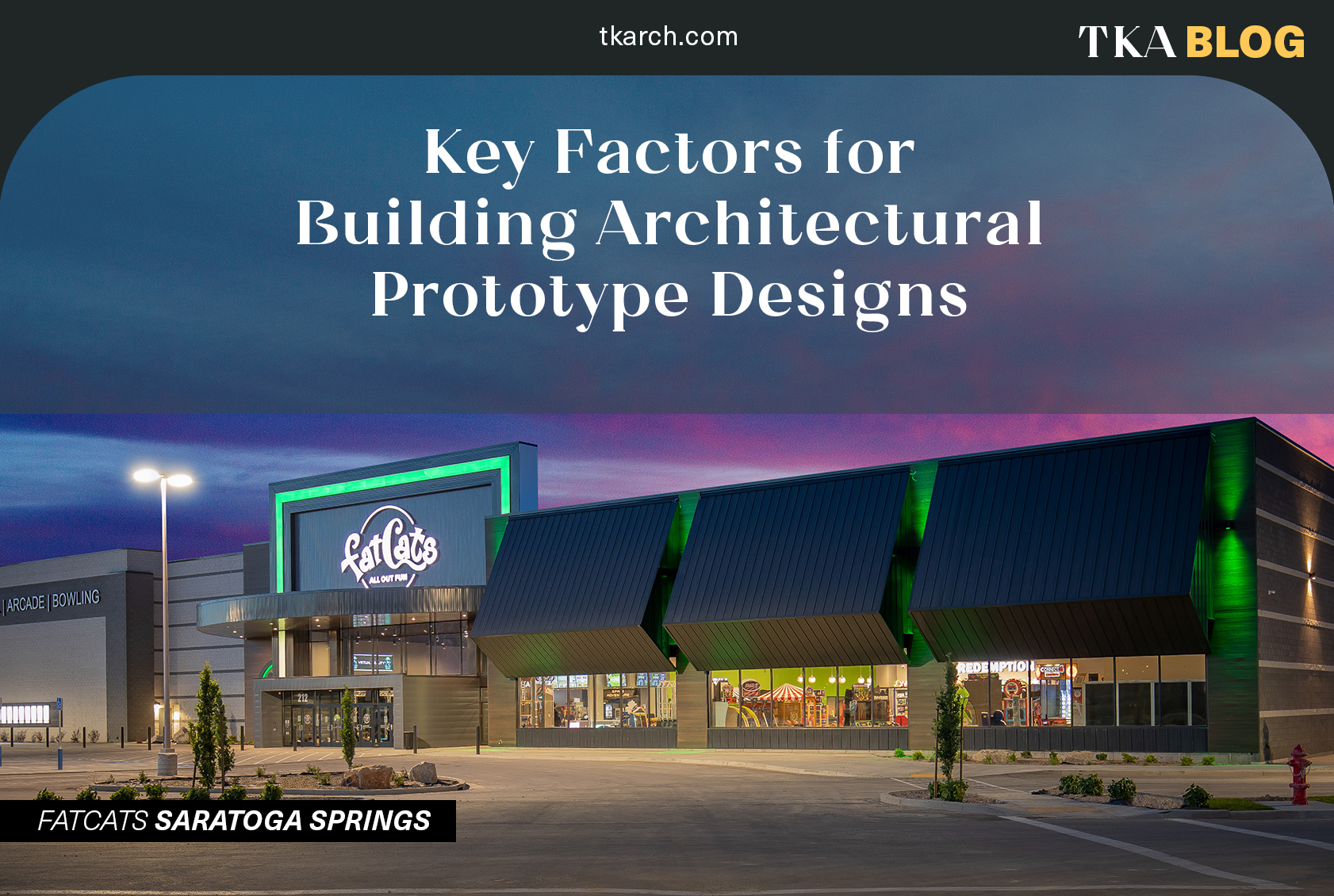
October 2024
by Melissa Miller
Building prototype designs can offer numerous advantages for new building programs and franchise opportunities. A well-developed prototype speeds up permitting and construction timelines, reduces professional fees, and streamlines overall project delivery. However, as with all construction projects, challenges still arise from location to location. While we all appreciate the term “prototype,” each site presents unique variables that can impact the architectural design of a building. These differences include city requirements and local codes, site-specific conditions and spacing, availability of interior finishes, and client modifications.
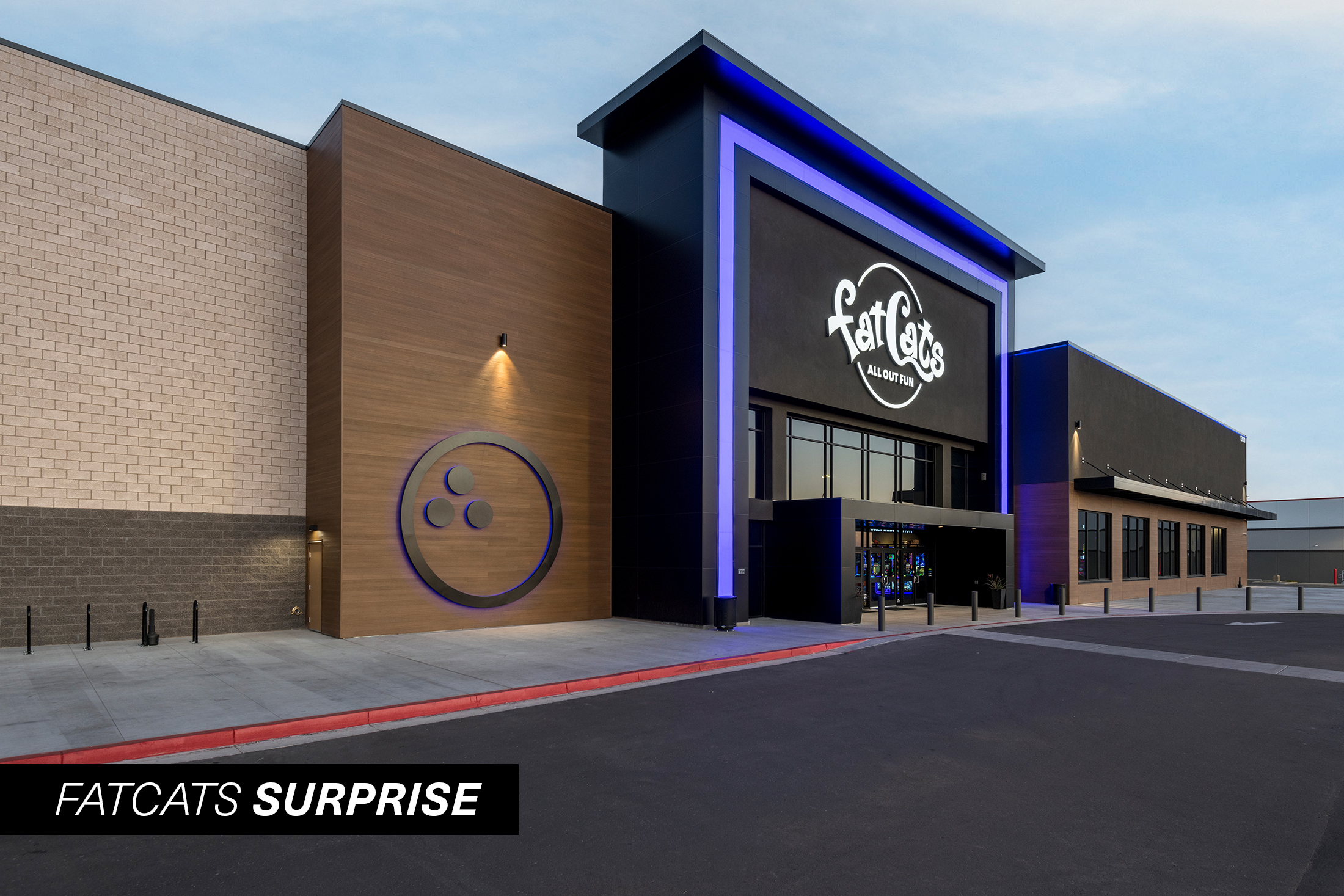
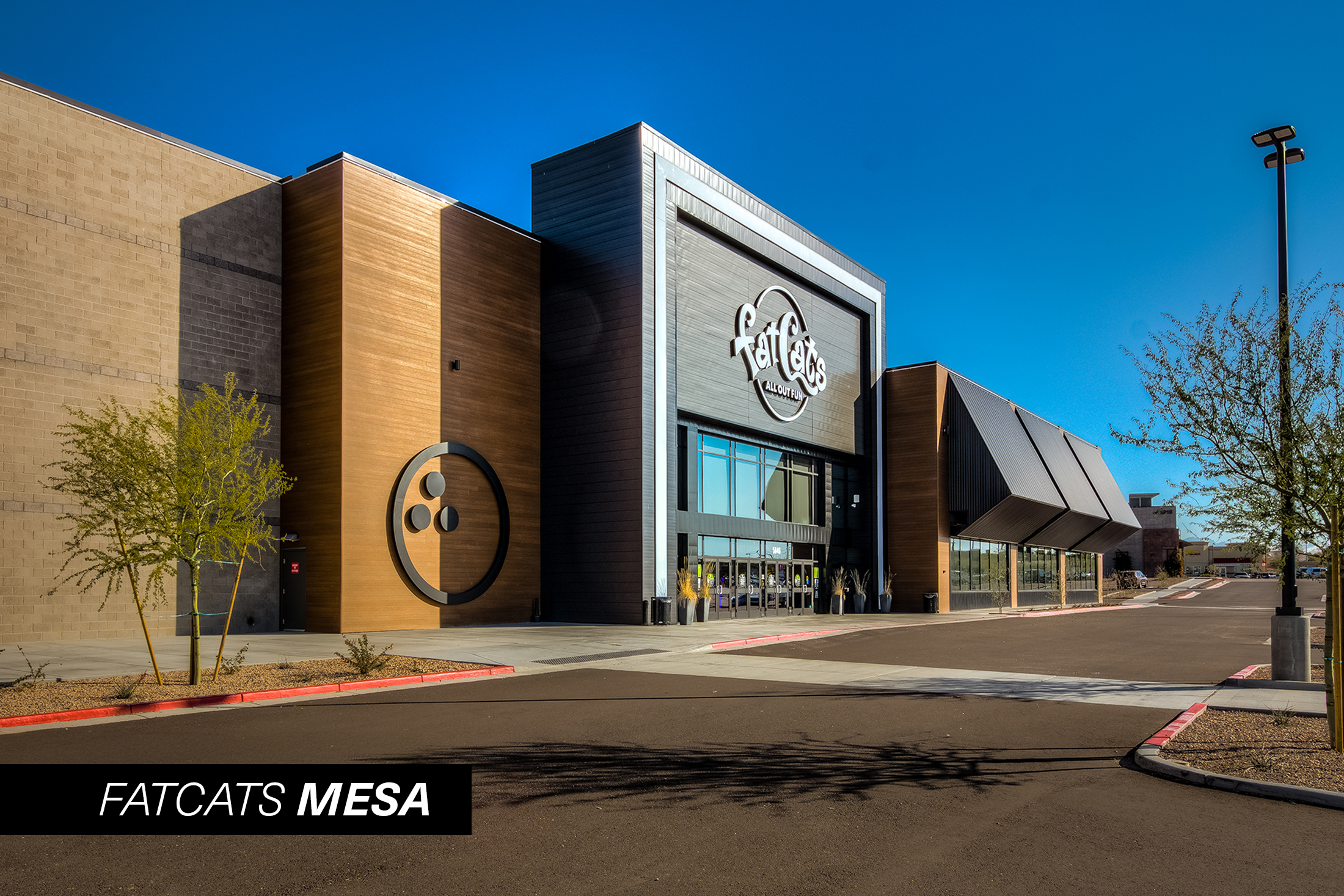
First, let’s explore city requirements and local codes. Part of our initial research for any new project involves identifying the applicable code years. Codes differ by location, and each version can significantly impact a prototype building. For example, allowable building areas can differ. Larger buildings are often subject, to stricter regulations depending on the code year and building type. Altering a building’s construction type can impact numerous factors, including sprinkler system requirements and fire ratings.
Second, the characteristics of a building site can influence what can be constructed. Codes often dictate minimum distances between buildings to maintain fire safety. Ideally, we aim for at least 60 feet between structures. However, in developed areas, we understand that achieving this distance may not always be possible. When this happens, a deeper review of allowable areas and fire ratings is required. This could lead to adjustments in the exterior materials or fireproofing methods to ensure a safe structure. As Trevor mentioned in his last blog, the location of site utilities can impact the building’s plumbing and riser room placement, ultimately affecting the overall floor plan.
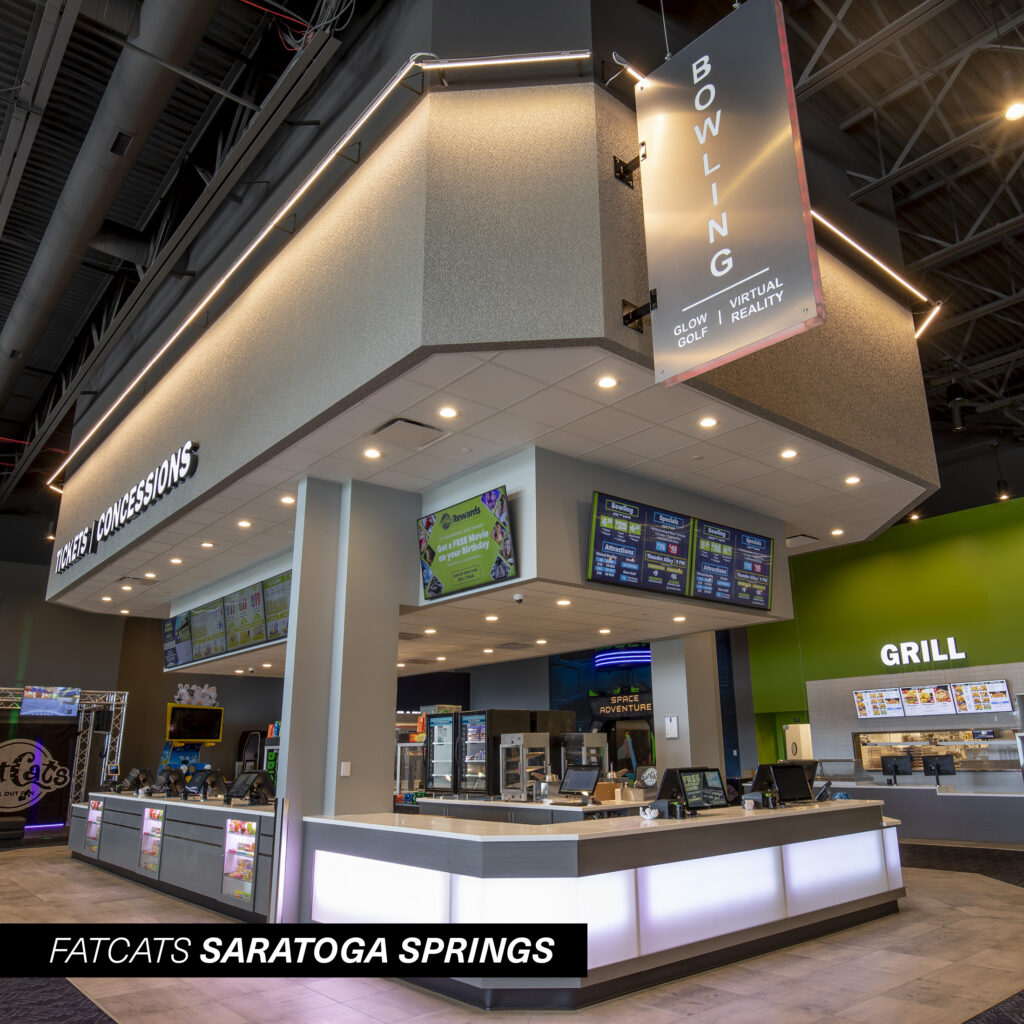
Another consideration is city-specific requirements for building appearance. These requirements typically come from planning and zoning departments. Some cities mandate more detailed façades to help new buildings blend with existing surroundings. Additionally, signage regulations—such as limitations on square footage, colors, and lighting—often vary by location and must be considered.
Lastly, interior finishes are another factor to keep in mind. While a consistent selection of finishes across all locations may be preferred (such as a particular tile for restrooms or carpet for lobbies), the availability of these materials can change over time. If a project has an extended design or construction timeline, certain finishes might be discontinued. Although this is less critical than fire ratings, it still requires attention and flexibility during the prototype process.
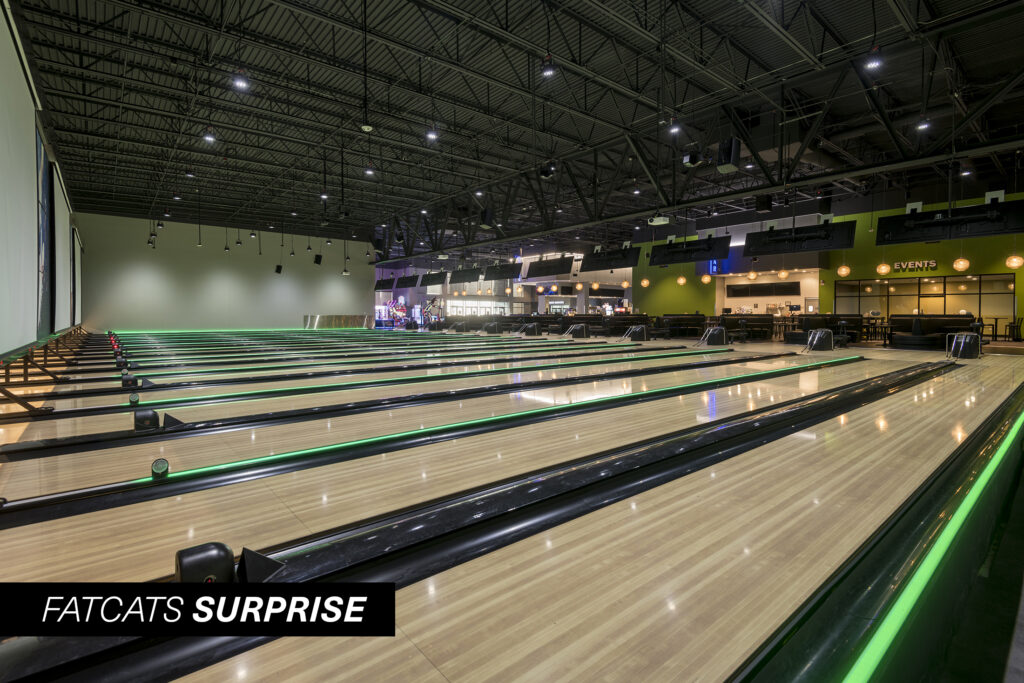
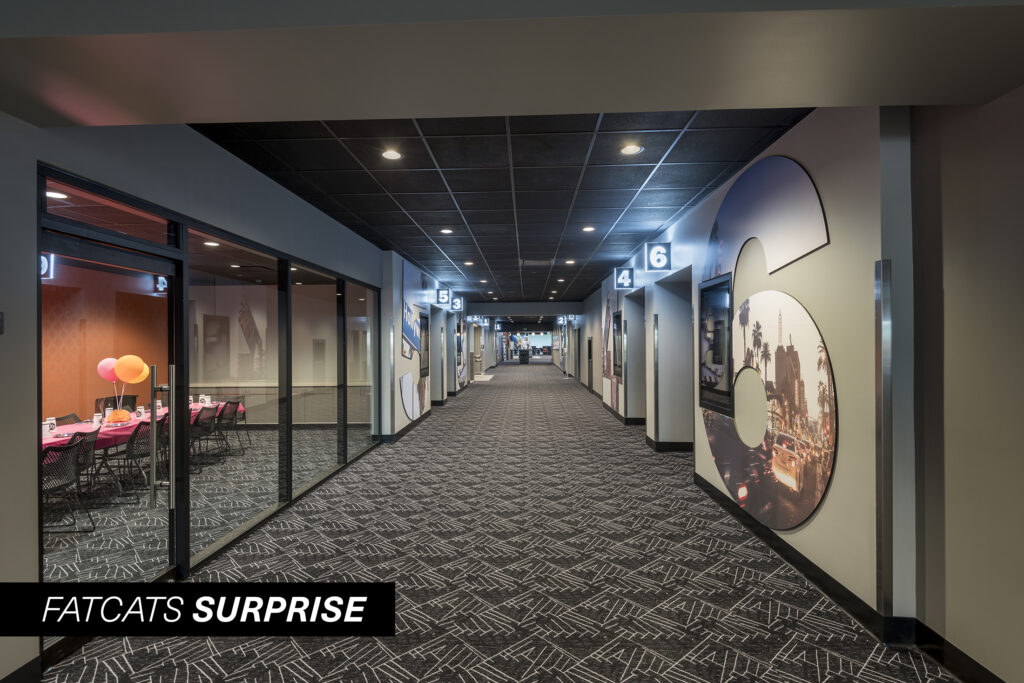
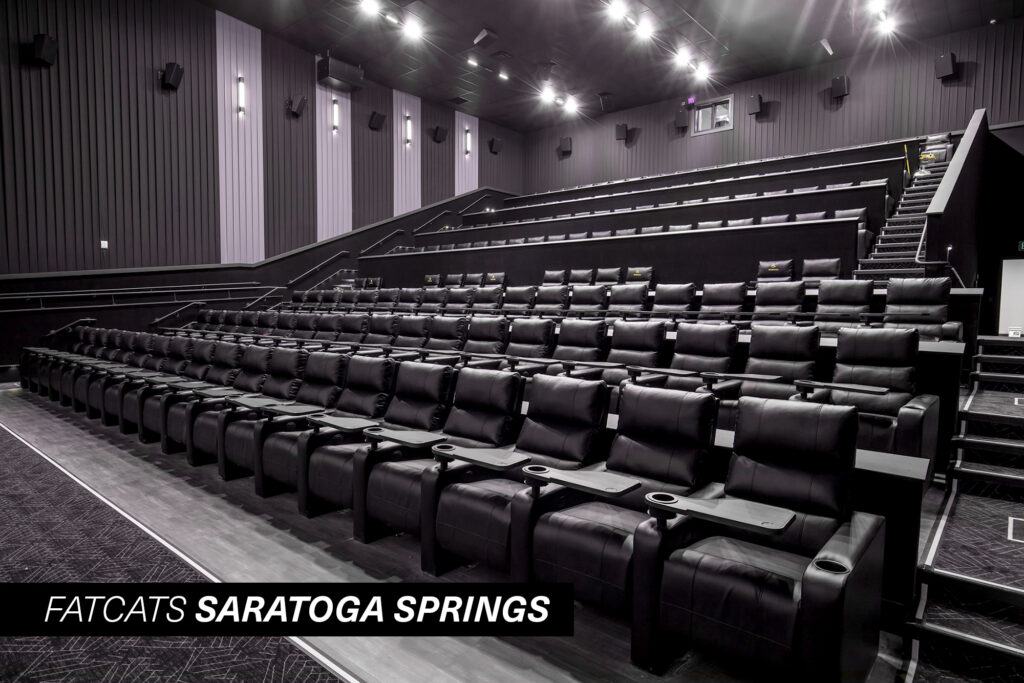
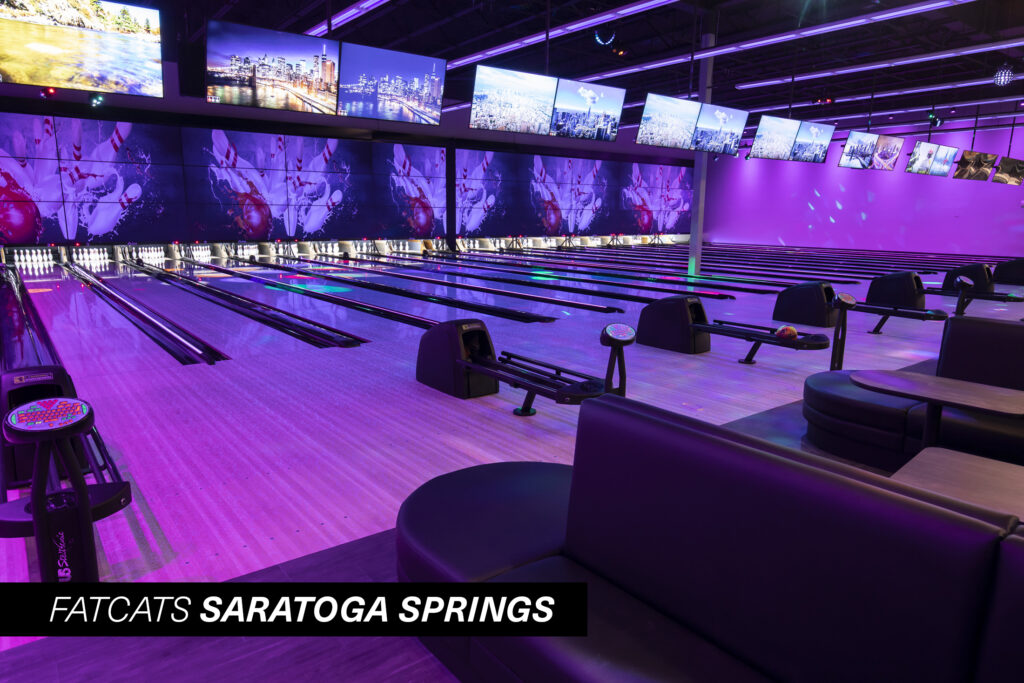
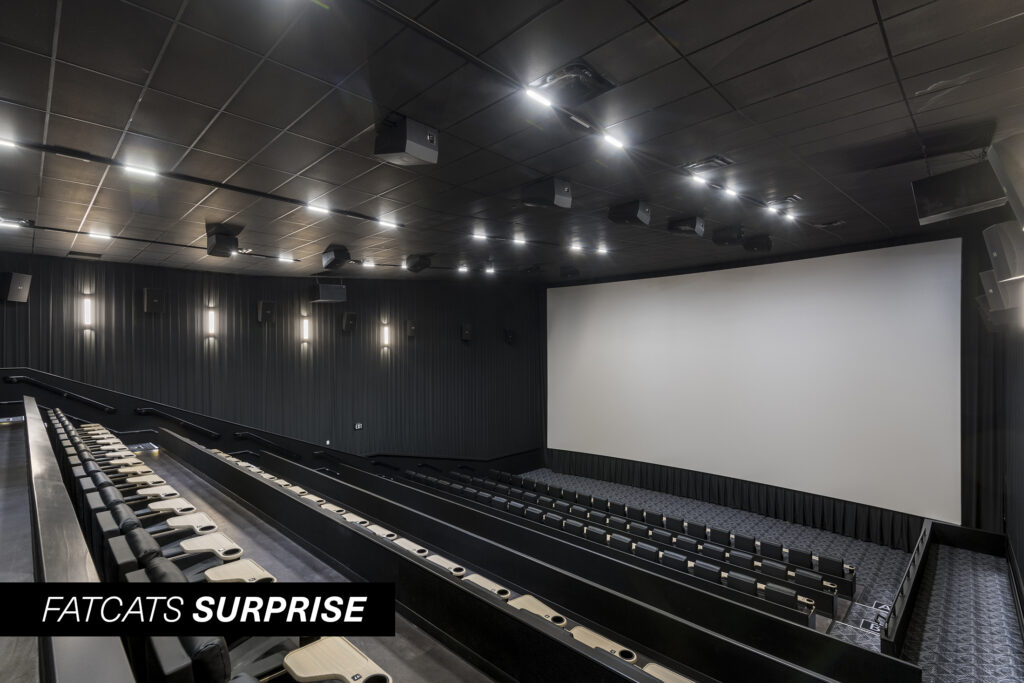
While the word ‘prototype’ is widely used in the architectural industry, achieving a truly prototypical building involves considering a variety of factors. At TK, we’re here to guide you through the process and help you create the building that fits your vision and site-specific needs.
If you haven’t already, we invite you to explore our previous blogs on prototype design, where we dive deeper into the intricacies of creating efficient and scalable buildings. If you have questions or would like to discuss your upcoming project, please reach out! We’d love to talk to you.
Principal, Melissa Miller

